NEWS FLASH: THE CHEE FAMILY HAS STEPPED FORWARD TO CLAIM MRS CHEE KIM GUAN FOLLOWING TODAY’S NEWS PAPER REPORT IN ZAOBAO , 1 OCTOBER 2013
What began as a news flash on the Facebook Group Heritage Singapore Bukit Brown Cemetery by Raymond Goh has materialised into a newspaper article calling on descendants of Mrs Chee Kim Guan, mother of Chee Yam Chuan, to lay claim to the tomb, stake number 1818.
(This is a relocated tomb, located at Hill 2, Block 3 and is one among a cluster of 1830s tombs)
On August 25th, 2013 Raymond posted:
” Newsflash – I believe I have found the mother of Chee Yam Chuan among an old cluster of tombs staked to be removed due to an impending road project. One of Chee Yam Chuan’s grandson is Chee Swee Cheng. Today I dug the soil at the bottommost of the tombstone to reveal the only grandson on the tombstone. It was Keat Bong. Next I check out David Chng record of Chee Yam Chuan tomb inscription found in Malacca. His eldest son was also Keat Bong. Based on the son and grandson inscribed in this tombstone, I can almost confirmed that this is the tombstone of the mother of Chee Yam Chuan, Mrs Chee Kim Guan nee Khoo. This tomb is dated to 1836, and the Chees’ are one of the pioneering family to come to Singapore during its modern founding in 1819″
For more on Raymond’s research on the Chee Family, please click here
Today, 1 October 2013, Zaobao published an article on the identity of who is buried in the staked tomb, which is in the way of the 8 lane highway and still unclaimed. The following is a summary of the article by PatSg one of the members of the facebook group
* 百年古墓即将起坟 峇峇富商生母之墓无人认领?
武吉布朗3746个受新道路工程影响的坟墓,10月起将逐一起坟。在2525个至今还没有后人认领的坟墓中,有一个年代可追溯到“道光十六年岁次丙申”(1837年)的清代迁葬墓,相信是马六甲和新加坡峇峇富商徐炎泉生母之墓。
* Century-old Tomb of Mother to Wealthy Baba Merchant: On verge of exhumation and yet unclaimed (Lianhe Zaobao – 01 Oct 2013)
Bukit Brown’s 3,746 tombs affected by the new highway project will be exhumed starting from this October. Amongst the 2,525 unclaimed tombs is one that was re-interred in 1837 during the Qing emperor Daoguang’s 16th year of reign (also the year of the Fire Monkey). This tomb is believed to belong to the birth mother of the wealthy Malacca and Singapore Baba merchant Xú Yán Quán [徐炎泉: Chee Yam/Yean Chuan].
原籍漳州府龙溪县的徐炎泉(1819-1862)和父亲徐钦元都是海峡殖民地成功商人,曾经富甲一方,生意遍布马六甲和新加坡。徐炎泉21岁时就已经当上马六甲福建帮领袖,不过他在1862年遭枪杀,时年43岁。
Hailing from Longxi county of Zhangzhou prefecture, both Xú Yán Quán [Chee Yam/Yean Chuan] (1819-1862) and father Xú Qīn Yuán [徐钦元: Chee Kim Guan] were successful and extremely wealthy merchants of the British Straits Settlements with businesses all over Malacca and Singapore. Xú Yán Quán was already the leader of the Malaccan Hokkien community at age 21, but was gunned down in 1862 at age 43.
原来徐炎泉的这位生母,百多年来一直静静的躺在武吉布朗坟场,而且很快便要被挖走!除了徐炎泉生母,他儿子徐桂梦和媳妇周吉娘的墓也在武吉布朗。
吴安全相信徐炎泉依然有后人在新加坡和马六甲,希望他们看到报道后,能尽快与他联络,认领被遗忘多时的坟墓。
It turns out that Xú Yán Quán’s [Chee Yam/Yean Chuan’s] birth mother has been resting peacefully at Bukit Brown Cemetery for the past 100-plus years, and would very soon be exhumed ! In addition to his birth mother, the tombs of his son Xú Guì Mèng [徐桂梦: Chee Quee Bong] and daughter-in-law Zhōu Jí Niáng [周吉娘: Chew Kiat Neo] are also located at Bukit Brown.
Raymond Goh believes Xú Yán Quán [Chee Yam/Yean Chuan] have descendents still living in Singapore and Malacca, and hopes that after reading this report, they would contact him as soon as possible to claim the long-forgotten tomb.
============
Additional Genealogical Summary by PatSg
** Chee Yam/Yean Chuan (徐钦元 Xú Qīn Yuán: 24 May 1818/19/20 – 28 Jul 1862)
* Father: Chee Kim Guan (died 13 Jan 1839)
* Mother: Siok Hui (淑惠 Shū Huì: posthumous name, re-interred tomb dated to 1836)
* Wife: Tan Liat/Lian Kian
* 2 Daughters
* 10 Sons: Chee Gin Siew (alias Cheah Jin Siew), Chee Him Bong, Chee Pee Bong, Chee Teck Bong, Chee Hoon Bong, Chee Lim Bong, Chee Hee Bong, Chee Quee Bong, Chee Beck/Peck Bong, Chee Siang Bong
Editors Note: The tomb of Mrs Chee Kim Guan is part of a cluster of over 50 tombs which have been reburied in Bukit Brown. The tombstones date back to 1830s, which indicate that these would be pioneers who predate the arrival of Sir Stamford Raffles in 1819. Information on this cluster of tombs was not recorded in the Bukit Brown Burial Registry. As such the only way to identify who are buried in this cluster is first, to decipher the names and inscriptions on each individual tomb and conduct further research. This was how Raymond identified the tomb of Mrs Chee Kim Guan
Dateline 27 September 2013
This morning descendants and members of the Poit Ip Huay Kuan marked the 130th anniversary of Teochew leader and King of Gambier, Seah Eu Chin (1805-1883). In November 2012, his grave was found by the Goh brothers, Raymond and Charles. And since then descendants have been making tracks up to Grave Hill, in Toa Payoh to pay their respects.
“Under the initiation of Teochew Poit It Huay Kuan and the endorsement of Ngee Ann Kongsi, it was a great moment in current Singapore Teochew history that many Teochew Organizations and Seah family members gathered at Seah Eu Chin’s tomb for a memorial service for his 130th death anniversary.” Zaobao 28 Sept 2013 (translated by Raymond Goh)
Today offerings were made at the grave which had been prepared for the occasion. Thank you to Brownie, Khoo Ee Hoon for documenting this commemoration of Seah Eu Chin.
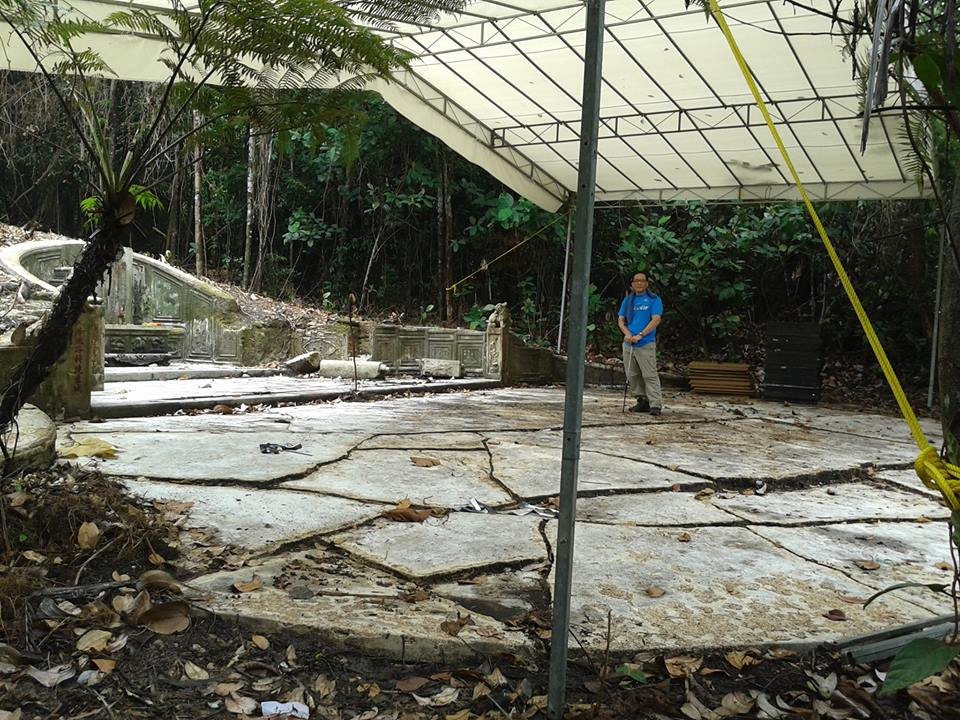
2 days before the 130th Anniversary when the Brownies visited, the marquee was already up and grave cleared (photo Catherine Lim)
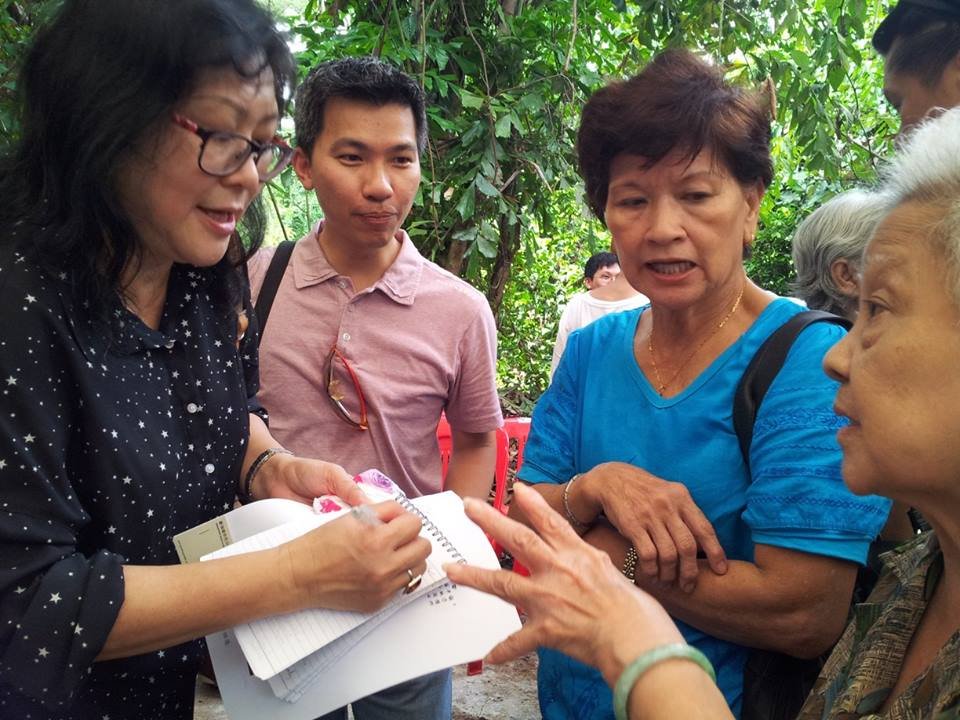
Zaobao reporter Yen Yen who covered the discovery of Seah Eu Chin’s tomb a year back was at the 130 Anniversary to interview descendants ( photo Khoo Ee Hoon)

Members of Poit Ip Huay Kuan who were responsible for the major preparations for the 130 Anniversary of Seah Eu Chin (photo Khoo Ee Hoon)
Both Raymond and Charles Goh were in attendance at the anniversary this morning.
Postscript: Raymond reporting from the event posted this photo on the facebook group page.
“”It is a remembrance ceremony on the occasion of 130th death anniversary of Seah Eu Chin’s death. An eulogy was read out during the memorial service.”
From Sugen Ramiah commenting on the layout of the offerings on the table : What you see above is a Teochew style remembrance. What is seen follows a hierarchy – 5 sets of rice, wine and tea served . Twelve buns/kuehs, odd numbers of poultry and seafood and odd numbers of fruits offerings.
There were 3 chairs placed in the front of the offerings (not seen in the photo above)
From Tay Hung Yong: The three chairs are meant for Seah Eu Chin and his two wives (correct me if I am wrong). The 5 sacrificial animal offerings are quite common among Southern Chinese. There should be at least 8 different dishes. Twelve buns represent 12 months in the calendar. For Teochews, fruit offerings are usually in 4 not 5. The joss paper they offered are usually meant for deities.
Editors note: In any ritual there are different interpretations on how they are conducted and how the different offerings are laid out.
On a bright Sunday morning, a descendant of the family of Tan Kheam Hock spent 4 hours clearing one of his families’ clusters. Edmon Neoh-Khoo was assisted by Brownie Khoo Ee Hoon who both helped in the clearing and documented the effort. Edmon is also an avid gardener and will continue to look after the tombs of his extended family in Bukit Brown. We salute Edmon for fulfilling his filial duties in such an exemplary manner.
In Hill 2, clearing the way to the family cluster of Tan Kheam Hock.
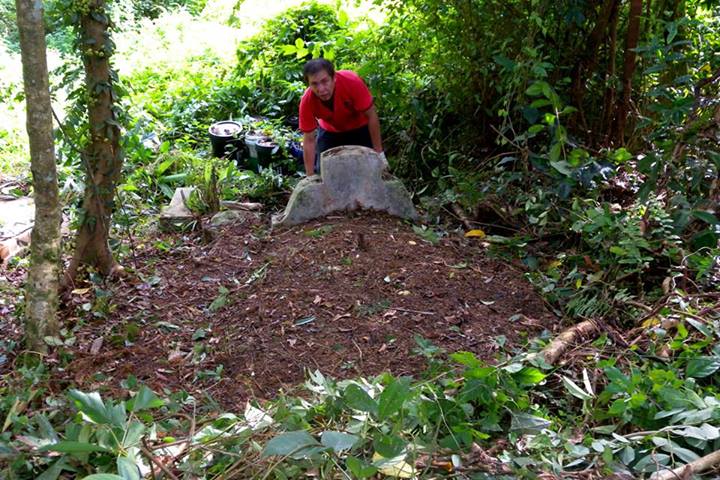
The tomb of Daisy Tan, granddaughter of TKH, She passed away at 2 months old, dob Oct 28- dod Dec 26. 1933 (photo Khoo Ee Hoon)
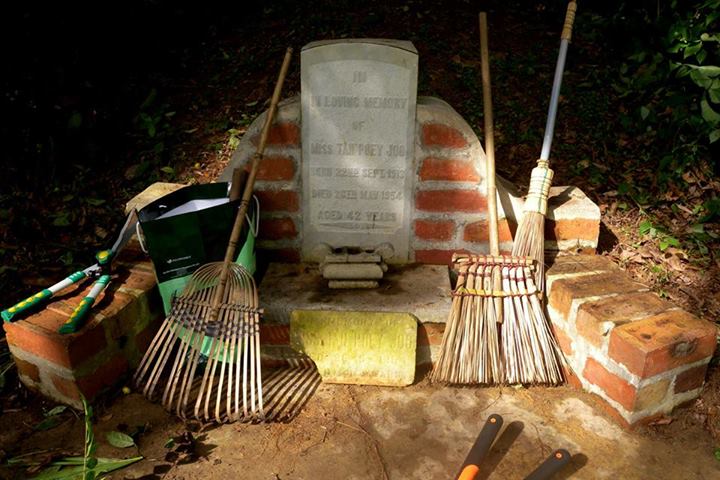
A tools of filial piety at the tomb of Tan Poey Joo, granddaughter of TK, dob Sept 22, 1933 – dod May 26, 1954(photo Khoo Ee Hoon)
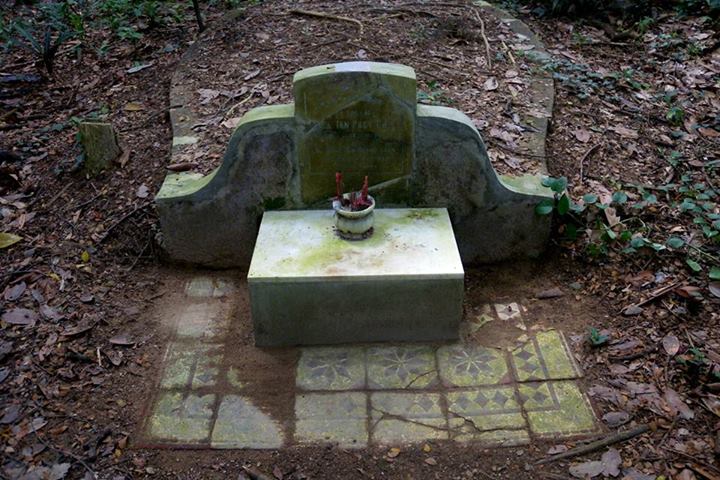
A special visit to Tan Poey Choo, granddaughter of TKH, to fulfill a brownie promise (photo Khoo Ee Hoon
There is an old Chinese saying:
“Remember the Source of the Water”
It was Singapore’s 48th National Day and Bukit Brown’s 91st year. We sang the national anthem and recited the pledge with gusto and with pride. But when it came to observing a minute’s silence to honour the pioneers who are buried in Bukit Brown, there was a palpable sense of sadness. We remembered especially those whose graves are to be exhumed to make way for the highway..
James Tann captured this poignant moment as some 80 participants from the guided walks , stood shoulder to shoulder with the Brownies
And the celebrations continued with cake, supper and music in the air.
And there was music
Earlier, the participants had fanned out over all 5 hills on a 2 hour walk, as the Brownies shared stories from beyond the graves, of the trials and tribulations of the early pioneers. The Brownies who led the guided walks for NDP2013 :Many Stories, One Singapore@Bukit Brown were, Yik Han, Fabian, Catherine, Peter, Mil, Bianca and Claire.

The group which covered Hills 1 and 3 led by Brownie Mil Phuah took their group photo at her grandfather’s tomb cluster (Photo Mil Phuah)
One of the first groups to arrive were the heroes who completed the full walk starting from Kranji, through the rail corridor and ended at Bukit Brown for the guided walks. — at The National Day walk for a Greener Singapore: Former Rail Corridor-Central Catchment Area-Bukit Brown Cemetery.
As Claire led a guided walk over hills 5 and 2, . A.J. Leow, a participant reflected :
Somebody has to tell the next and this generation — Who came before us….We need more storytellers to tell our history
“Why 星汌 — when they first arrive (by sea), they see the shimmering lights — and they know it’s where the stars beckon. They have arrived in Singapore. 星汌 is our version of the Statue of Liberty, 星 加坡 seems a better choice than 新加坡. Think of 星汌 the lights of the shimmering harbor lights (stars) as they see Singapore for the first time” A.J. Leow
Darren Koh was moved to pen a tribute to the Brownies.
“On behalf of the how many thousands who have heard the many stories, the many histories, the many tales from the Brownies: I thank you. I thank you all for showing us a part of the warp and weft of history hidden to many of us. I thank you all for the passion that all of you have put, all that you have contributed whether by way of knowledge and research, by bush-bashing and discovery, by organisation and dissemination of information, by just being a friendly face that says hello, or just being there.
Were it not for the rise of the Brownies, the Tomb Whisperer and his brother alone would never have been able to reach out to so many.
It is said, “Cometh the hour, cometh the man.” In this instance, it was two women, and then many more – men and women who have joined in: one has gone ahead to her rest, but many still come.
All you Brownies – you earned that title. For your ceaseless search of tombs, for your ceaseless dissemination of the stories found. For the many tours you have led. For those moments when you look at greenery and cry a little wondering how, how could it be torn up – and then look into the eyes of those listening to your words about the pioneers and say “Let’s go to the next tomb..” Thank you”
From Theresa Teng: “What could be more meaningful than spending Singapore’s National Day in a place where pioneers of Singapore lay rested. A minute of silent was observed to commemorate the 4000+ tombs that will be sacrificed for a new highway, that will be build to cut right through Bukit Brown cemeteries.I’ve never been more proud of my adopted country than at this moment. Everyone united to stand for a cause. Mind you, there are plenty of foreigners in the group who cared so much about the heritage of Bukit Brown too.Hopefully, it’s still not too late for a miracle to happen. Just maybe…….”
From All Things Bukit Brown, in gratitude : Without the support and encouragement of the Heritage Singapore – Bukit Brown Community we would not have traveled so far. Thank you for walking shoulder to shoulder with us.
And last but not least, we end with a moving tribute to the 4,513 graves that will be exhumed at Bukit Brown. Matt Tan, penned the words in the Peranakan style of the pantun. Claire Leow translated with poetic license.
- “When stories are lost, the narrative is broken” (photo Victor Yue)
4,153 tempat tido akan di korek
ape yaukin di bikin
kehilangan cherita tak boleh di gantikan
4,153 in repose to be deposed
Why the urgency ?
When the stories are lost, the narrative is broken
The Cho Family Re-Discovered
by Norman Cho
The search for my family tree has been an exhilarating adventure for me…
It all began with the discovery of my late paternal grandfather’s (Cho Kim Leong) grave at Bukit Brown in Nov 2011 after a long and arduous search for it. The construction of his tomb began soon after this discovery. This was followed by more discoveries about the man (Kim Leong) himself, through family documents, interviews with those who remember him and through the artefacts that he left behind. My exciting journey in the search for my ancestors was chronologically recounted in the All Things Bukit Brown blog as more and more interesting events unfolded.
It has indeed been a blessing for me, when the spouse of a newly-discovered cousin, Richard Brockett, unexpectedly contacted me in Facebook. It was a bolt out of the blue! They were from Australia and were the descendants of my granduncle, Cho Kim Choon. Incidentally, he was reading the blogs that were posted in the All Things Bukit Brown blog. Recognising the names mentioned in the blog and touched by the accounts that I had recounted, he decided to contact me. He had just finished working on his family tree and is now working on his wife’s family tree. We were perfect in seeking each other’s help to piece together the “Cho Family Jig-Zaw Puzzle”! Somehow, I believe in grandfather’s divine intervention in making this happen.
Their family had kept a treasured family portrait of my great-grandfather, Cho Poo, with his wives and 5 sons, taken at their family home in Hereen Street, Malacca, circa 1920s. He kindly emailed me a copy of this cherished family portrait with the only known image of Cho Poo and of his wives. Finally, I was able to see my paternal great-grandparents for the very first time. The feeling was indescribable.
Great-grandfather looked stern. My great-grandmother (wife #3), Kong Moey Yean, who was dressed in a dark baju-panjang seated on the left of the picture, looked pretty much the regal matriarch. All the sons are dressed in western suit and positioned in chronological order of seniority from left to right – Kim Choon, Keow Teng, Kim Leong (my Grandfather), Kim Tian and the little boy Kim Hock who is standing beside wife #2. Like many affluent families in the Straits Settlement whose sons received an English education, they wore western suits. Although, thought to be English-educated, Cho Poo still remained a traditionalist by wearing Chinese attire in this photo. A fairly wealthy man, Cho Poo reportedly sold 5,000 acres of land in Seremban in 1895. He was a pioneer in tapioca, gambier and rubber planting who died in 1932. Little else was known about the man. Hopefully, more will be revealed as I track down more relatives from his 5 sons…
I had never thought that I would come this far… but with faith and perseverance, I know that more good things will come my way.
Editors Note: We are gratified that Norman was able to connect with a long lost cousin all the way from Australia through our blog. We salute Norman for his faith and perseverance.
Read more tips from on how to trace your ancestry from Norman here
Norman has also contributed posts on Peranakan customs and culture. Here’s a list you can click on
Pantuns , Bangsawan in Singapore , Peranakans in Mourning
by Grace Seah
“History, despite its wrenching pain, cannot be unlived, but if faced with courage, need not be lived again.”
Maya Angelou
In memory of my Uncle Tan Kim Cheng
One might wonder what has WWII & Operation Sook Ching has to do with Bukit Brown as a place in our history.
Among the men, women and children buried at Bukit Brown were victims, killed by the Japanese during the war. Many lived through that tumultuous period in Singapore’s history and carried with them the pain and heartache of not knowing where their son or daughter went during the war, never to be seen again.
This is a story of one such family – my family.
In an earlier blogpost about my grandparents, I shared a much loved family photo which included my grandparents, my father and his 2 elder brothers. One of his brothers was taken by the Japanese that one fateful day in Operation Sook Ching and my grandparents never saw their third son ever again.
Just what was Operation Sook Ching ?
According to the heritagetrails.sg website
“A decree was issued on Wednesday 18 February 1942: All Chinese males between the ages of 18 and 50 in Syonan-To (as Singapore was called during the Japanese Occupation) were to report to the various registration centres around the island. The decree embodied Japanese hatred for the Chinese, cultivated through years of Sino-Japanese war since 1937. Also, overseas Chinese had been quickly labelled anti-Japanese due to their contributions to war efforts in China. Thus began the Sook Ching operation, or the elimination of anti-Japanese elements.”
A story that is often told in our family revolved around the time my father, Tan Kim Huat – youngest son of Tan Keng Kiat and Chan Gim Neo, – was rounded up by the Japanese, together with his third brother Tan Kim Cheng. Both were taken to a holding area with many other young Chinese males in the vicinity. They were not told of the reason for their detention, but they were all held like prisoners surrounded by fiercely guarded fences and barriers.
Many like my father experienced the sheer terror of not knowing what to expect from their captors that drove them to despair and desperation. Many never lived to tell their story. My father did.
On the night of their capture, my father had a premonition that all of them were going to be killed the next morning. He heard his inner voice telling him to run for his life and resolved to find a way out no matter what. At 22 years of age, my father possessed the courage and brashness of youth which stood him in good stead in this instance.
He sought out his elder brother and told him of his plan to escape. My uncle being of a different nature just could not find it in him to make that dangerous journey. My dad, not being able to convince his brother to follow suit, then decided to make a run for it in the middle of the night.
Whatever possessed my father to take that perilous journey, to this day, he cannot say. But with his every being pumped up with adrenalin, he did the unthinkable and scaled a secured fence and ran away to freedom, all the time expecting a bullet to his back.
Imagine my grandparents’ elation and at the same time heartache when my dad ran home that day but without his brother. The next morning, my aunts went to the place of detention to look for my uncle but never found him again. He was presumed dead, and I believe, his name is engraved amongst those of the many civilian war victims at the Civilian War Memorial near the Padang.
As for the young women, my mama (grandma) had to urgently find a couple of single men willing to take my unmarried aunties as wives at short notice so as to protect them from the Japanese. My aunts were married off to non Peranakans from humble backgrounds. Both my uncles ended up being good men who looked after my aunts and the children that followed as best as they could.
If my aunts had not been hurriedly married , they would most certainly have been taken by the Japanese to be comfort women. If my father had not been so brave, I would not be here today.
We must therefore never forget the courage and spirit of the people of Singapore during the early years. Their blood flows through us, because of them, we are here.
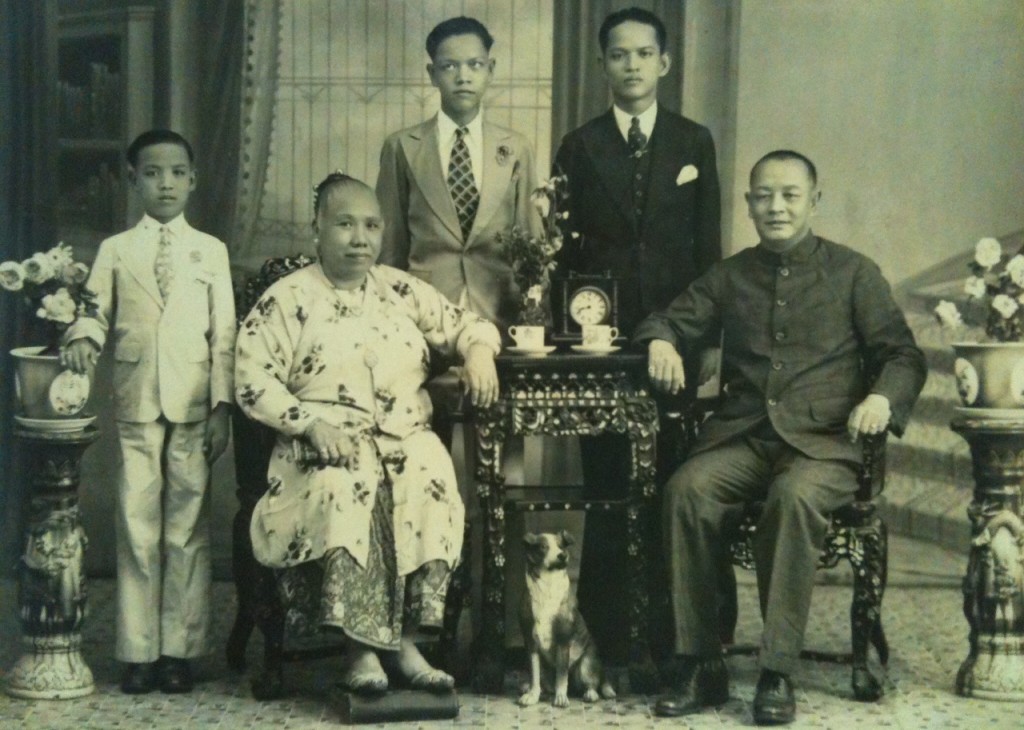
My father on the extreme left beside his mother (my grandma) and next to her my Uncle Tan Kim Cheng who was lost to Sook Ching ( Family Album )
It was the inaugural Revolutionary Tour so dubbed because the tombs visited belong to the revolutionaries of the Tong Meng Hui. They made Singapore a base to raise funds to support Sun Yat-Sen in bringing about the fall of the Qing Dynasty who ruled between the 1905 – 1911. it was popularly called the “辛亥革命” (Revolution of the Xin Hai Year) Post 1911 they continued to play a part in influencing the course of China’s history and also contributed to Singapore’s social, economic and community development.
Walter Lim led the tour conducted in Mandarin for some 36 guides from the Sun Yat Sen museum, many of whom also guide in Mandarin at the Singapore History and Peranankan Museums. He was assisted by volunteers, Yik Han and Ee Hoon. As tours went, it was one of the most engaging and lively of tours conducted at Bukit Brown, with participants sharing their insights and postulating various theories. It took nearly 5 hours to cover just under 10 tombs. There are 13 known TMH tombs and 14 tombs known to belong to Republicans – the latter was formed after TMH at Bukit Brown. Collectively both groups were part of the Reformation movement of the New China.
The following is a photo essay report with photos by Ee Hoon and captions contributed by Walter and Yik Han. Of the tombs covered 3 belong to Republicans: Khoo Seok Wan, Leow Chia Heng and See Tiong Wah . The rest are Tong Meng Hui
First stop Tay Koh Yat. At the height of his business he owned a total of 163 buses serving public transportation. He was a patriot who started and led his own self defence force of 20,000 before the onset of the Japanese Occupation of Singapore in World War 2. With a price on his head, Tay escaped to Indonesia with Tan Kah Kee on the eve of the war. After the war, Tay returned and immediately started to compile the fatalities from his volunteer force and lobbied the colonial government for the same compensation given to widows and children of servicemen who died during the war. Initially rejected, he appealed and the colonial government finally gave in. Tay next went on to form the Singapore Chinese Appeal Committee for the Japanese Massacre victims to seek justice and compensation.

The first stop is introduction by Yik Han to Tay Koh Yat, transport pioneer, war hero and Tong Meng Hui member (photo Ee Hoon )
Stop 2, destination : the tomb of 蒋玉田(Chio York Chiang) (1856-1927). He was one of the pioneer batch of Hokkien TMH member. Others were, Tan Chor Nam, Lim Keng Chew and Liew Hong Sek.
Interesting inscription of the head stone, one side has ” 时国民党老同盟独具先“ and ”为华侨界代議士尚繋後思“ The first “He is a pioneer of the Guo Min Tang with sharp foresight” the second statement on the right says that he is a “Representative of the oversea chinese righteous member, a thoughtful person”
Around the tomb of Chio York Chiang – Buried with him is his brother, in the same tomb so the names on the tomb shoulders are those of their respective children
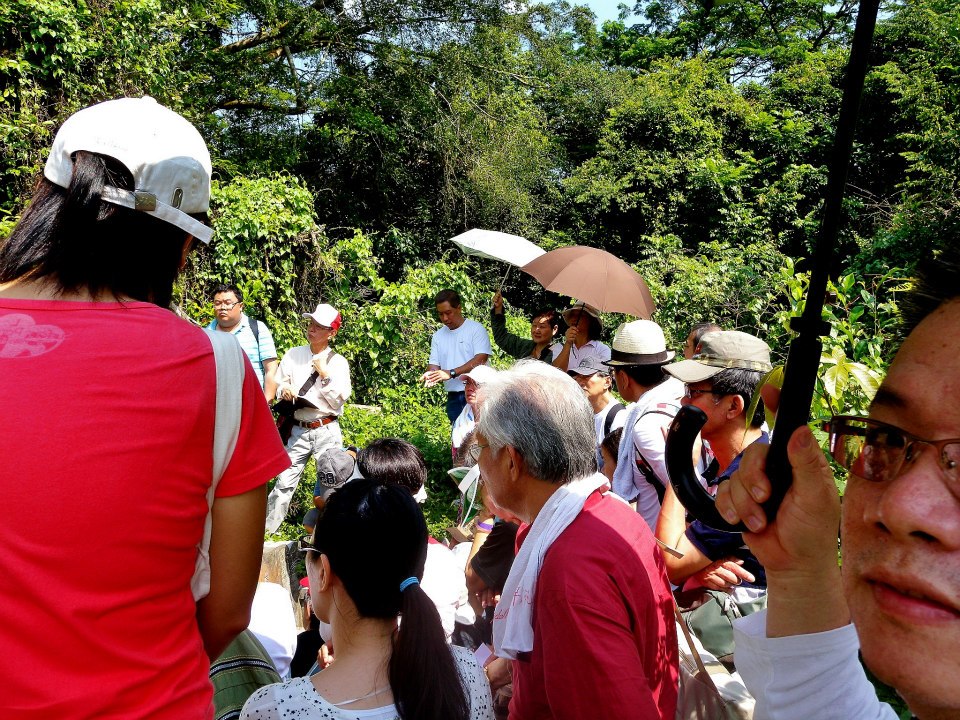
A tight squeeze around the tomb of Chio York Chiang which is unique in that it is inscribed with his and his brother’s, sons’ names on each of the tomb shoulders.(photo Ee Hoon )
Stop number 3 Tomb of Khoo Kay Hian and his third wife Lee Poh Neo, behind are his 2 older wives and watching over the cluster his mother. The first of the tombs on the tour which is staked for exhumation as it is in the way of the proposed 8 lane highway.
Stop 4 See Tiong Wah
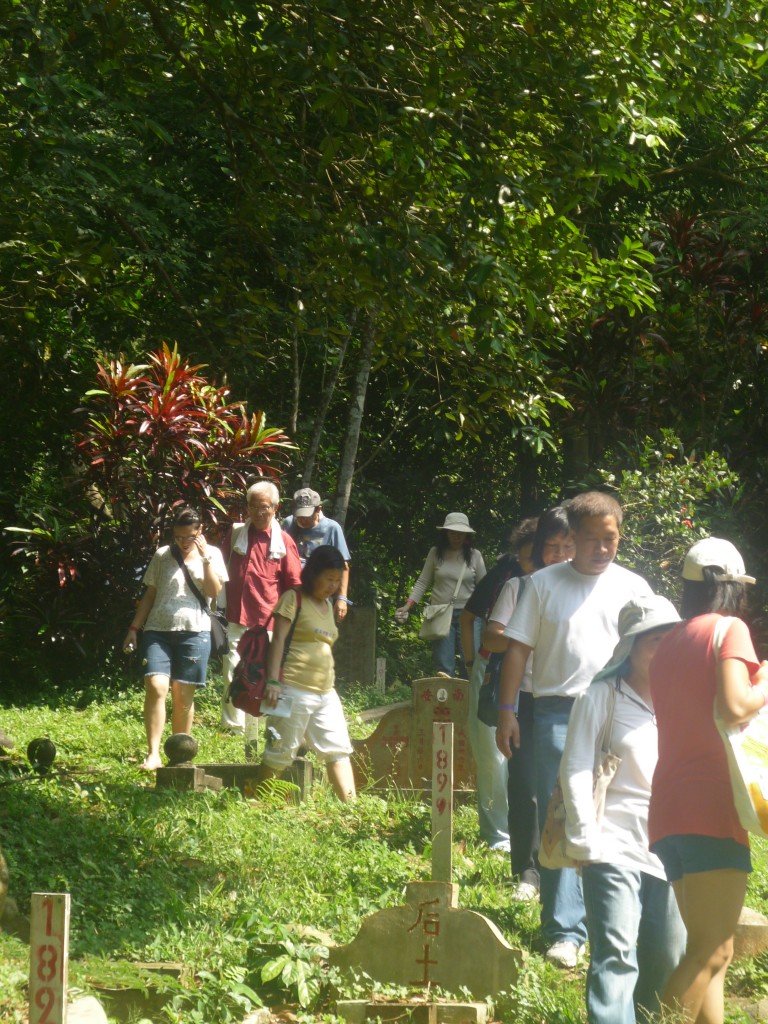
Making their way to See Tiong Wah cluster in a hill once known as See Tiong Wah hill because so many of his relations including his mother, wives and in laws are buried here. This cluster is also staked ( photo Catherine Lim)
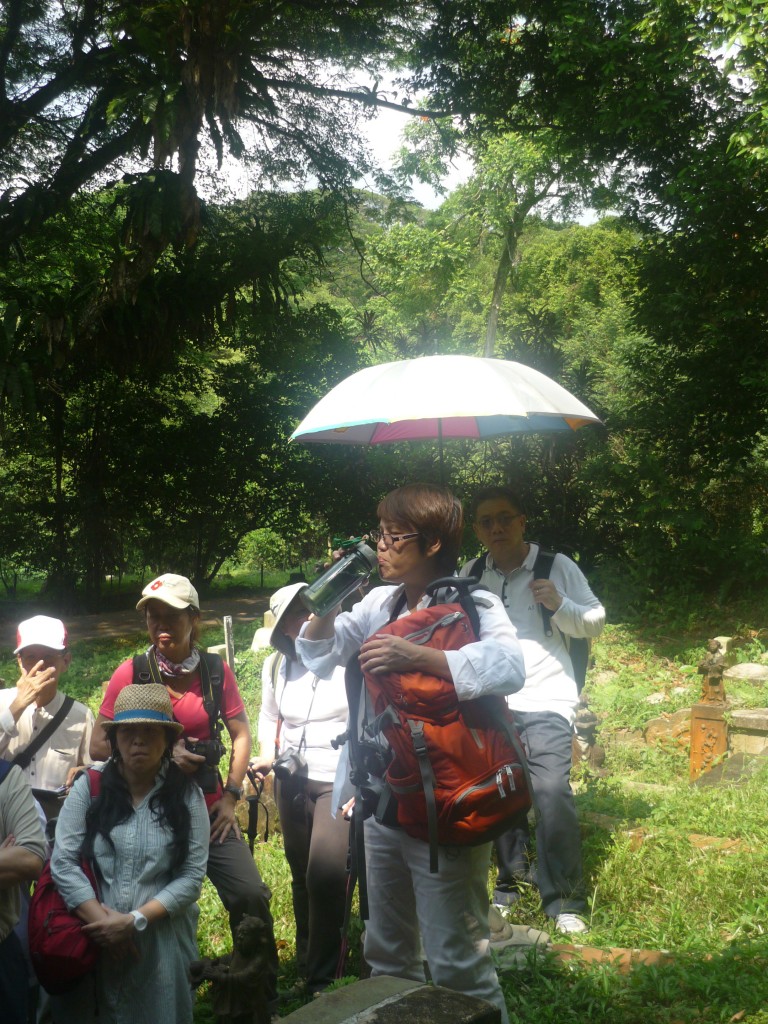
Ee Hoon takes a sip before launching into what she knows of See’s genealogy including his marriage to Khoo Seok Wan’s sister. ( photo Catherine Lim)
For more on See Tiong Wah, see here
The next stop 5, took participants up another part of Hill 2 into an overgrown tomb belonging to Boey Chuan Poh who built Wan Qing Wan

A sight of the tomb of Boey Chuan Poh, he is not a poor man but he has a really humble tomb, unmatched to his social status at that time.
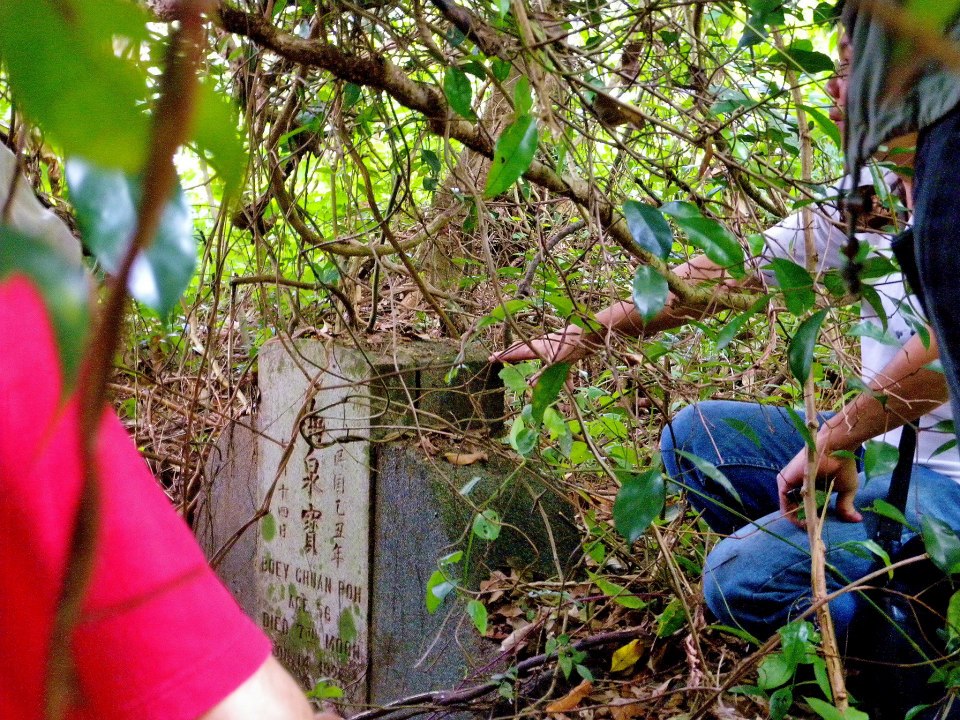
Boey barely revealed. Much ado about just who/what was Wan Qing Yuan named after, mother, wife or horse? Officially it is his mother (photo Ee Hoon)
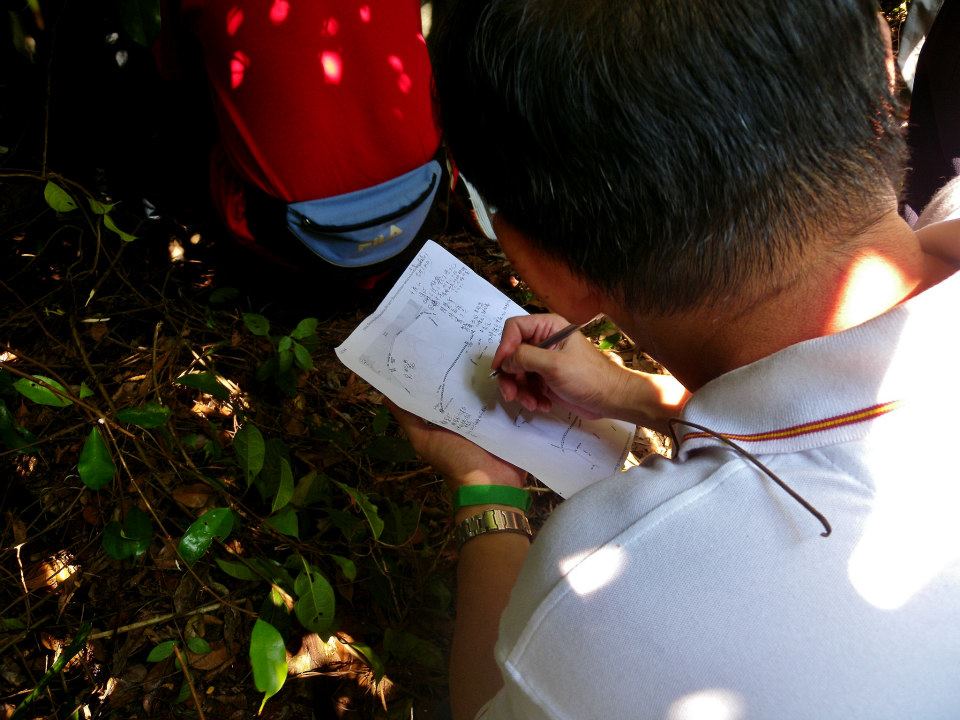
Much scribbling not just here where it was cramped but at all the tombs visited, We are expecting the tours at SYS to be much expanded as a result of this tour! (photo Ee Hoon)
Stop 6 Tan Chor Nam
Stop 7 Lim Keng Chiew

Lim was an early member of the Tongmenghui and the first secretary of its Singapore branch. He was so active in promoting the revolutionary cause that his shoe business suffered. But you say he left his footprint on the movement. He was one of the founders of the Ho San Kong Huay, a locality organisation for Hokkiens from the Ho San region in Xiamen. (Photo Ee Hoon)
Stop 8 Khoo Seok Wan

To Hill 4 and a grave marked by a hibiscus tree which always seems to be in full blossom (photo Ee Hoon)
Read about it here

A chance near where KSW tomb is located to study the LTA’s plans for he 8 lane highway and contemplate the stake tombs which are in the way, including Khoo Seok Wan’s (photo Ee Hoon)
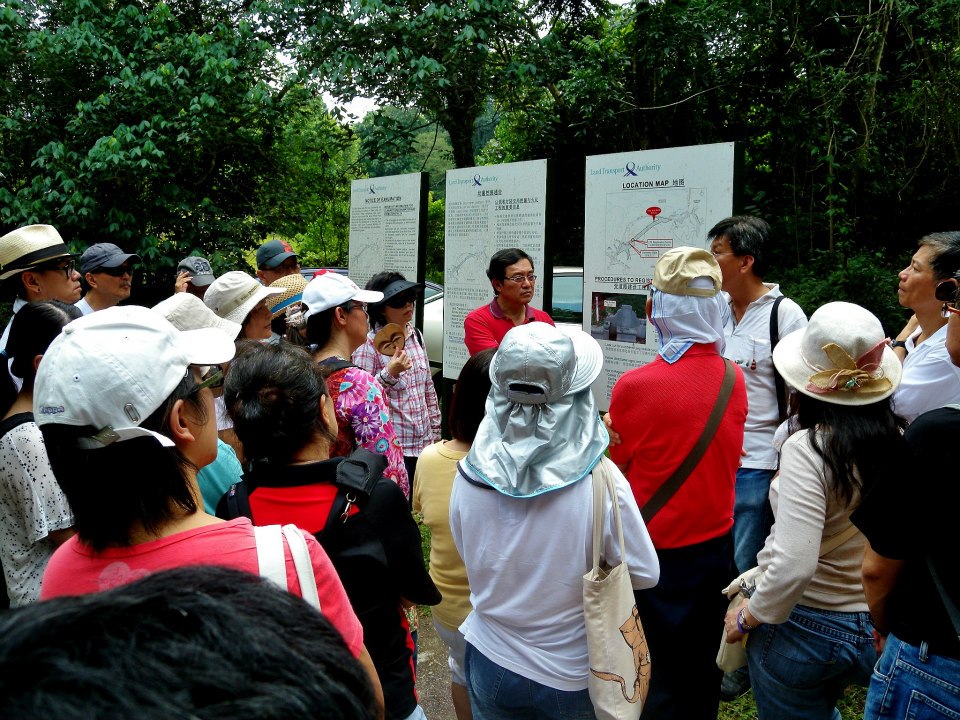
In fact when you see these boards in Hill 4, follow it, look for the hibiscus plant and it will lead you to KSW, ironic isn’t it? ( photo Ee Hoon)
Stop 9 Leow Chia Heng
For more on Leow, please click here

Nearly 5 hours later, still enough energy for one last cheer, for more tours to come (photo Ee Hoon)
Look out for Revolutionary Tours in October in English!
DR Lim Hock Siew: The Role Model
by Lim Chin Joo
Among the tombs affected by the Government’s decision to exhume Bukit Brown Cemetery to make way for roadworks is that of See Tiong Wah, the grandfather –in-law of Dr. Lim Hock Siew.To find out more about the story, Seah Shin Wong and I visited Dr. Lim at his new house in Joo Chiat Terrace on 12th April without any inkling that it was to be our last meeting with him!
Their living room was still in a mess, yet Dr. Lim was glad to see us and , together with his wife Dr. Beatrice Chen , had a nice chat with us . See Tiong Wah was born to a prominent peranakan family in Malacca in 1885. He came to Singapore when he was six years old to study at St. Joseph’s Institute. After he started work as a bank officer, he rose through the ranks to become a comprador of HSBC. He was an active member of the Singapore Chinese Chamber of Commerce, was appointed as a Justice of Peace, and held the chairmanship of the Hokkien Huay Kuan and Thian Hock Keng Temple for several terms.
See Tiong Wah’s daughter, Lucy Chen nee See, was the mother-in-law of Dr. Lim. Lucy studied law in England in her youth and it was then that she met a young engineering student from Hebei, Chen Xu, who was the son of a key Kuomintang military and political figure, Chen Tiao-yuan. Lucy beacme the first female in the history of Singapore and Malaya to be both raised to the bar as a solicitor in England as well as being accepted into the British Law Society. She married Chen Xu after graduating and returned to Nanjing with him. She gave birth to Beatrice and her two younger brothers soon after. At the outbreak of the Sino-Japanese War in 1937, Lucy brought her children to seek refuge in Singapore and stayed with her grandfather, See Tiong Wah, at No. 23 Balmoral Road. The nearby Ewe Boon Road was in fact named after her great grandfather, See Ewe Boon. Beatrice was only 5 years old when she entered Primary One at Nanyang Girls’ Primary School. See Tiong Wah passed away before the fall of Singapore.
Back in China, the Nationalist government was forced to retreat to Chongqing then. Knowing that the Japanese would advance into Southeast Asia (Nanyang), Beatrice, her brothers and their mother Lucy journeyed from Penang to Rangoon by boat, trekked along the Yunnan–Burma Road before reuniting with Chen Xu in Chongqing. At the end of World War II, the family moved back to Nanjing.
After the Chinese Communist Party got into power In 1949, Chen Xu followed the Kuomintang’ troops in their retreat to Taiwan, whereas Lucy would return to Singapore to practice law. Meanwhile, Beatrice entered Hong Kong University to read medicine and graduated in 1958 before coming back to Singapore to work in the Singapore General Hospital.
Beatrice met Dr. Lim Hock Siew at the Singapore General Hospital, and was deeply impressed with his selflessness, his professionalism, gentlemanly demeanour, sense of humour, and firm conviction in his beliefs. On the other hand, Dr. Beatrice Chen cut an elegant figure with her solid bi-cultural background and striking charisma. It was therefore hardly surprising that they would soon be attracted to each other.
Dr. Lim recalled that one day in October 1961, he gathered a dozen of his close friends, including Lim Chin Siong, S Woodhull, James Puthucheary, Poh Soo Kai, Lim She Ping DR Bakar and Fong Swee Suan at his home in Campbell Lane for a “meeting”. It was not until everyone’s arrival that he disclosed that the “meeting” was in fact called to announce his marriage with Beatrice! Dr. Lim jokingly said to us that his mother in law was then not too happy to have a left-wing politician as his son-in-law! Soon after that, their first and only child was born in 1962.
In February 1963, Dr. Lim was detained under the so-called “Operation Coldstore” and was released after nearly 20 years in captivity. Torn apart for decades not long after their marriage , the cruelty inflicted upon the young couple is unspeakable and the untold sufferings would have scarred them for life. Despite all these the couple remained undaunted and committed to each other. Together they went through thick and thin. They are the role models. Their story will go down in history as one of the most glorious chapters in the fight for democracy and freedom in Singapore and Malaya.
At our meeting on the 12th April , we made a date with Dr. Lim to have another chat , but, alas! it is now never to be. What regrets!
This essay was published in the book “Remembering Dr. Lim Hock Siew – OUR FREEDOM FIGHTER” and is reproduced here with the kind permission of Lim Chin Joo

The tomb of See Tiong Wah which is” staked” and affected by the 8 lane highway to be built at Bukit Brown is a “must see” during public tours (photo: Claire Leow)
For more on features of See Tiong Wah tomb please click here
For location and more photos, please click here
by Gan Su-lin and Catherine Lim
The tomb staked 1888 or rather its companion is used as an illustration in the LTA sign boards at Bukit Brown to explain to the public how to look out for and identify whether an ancestor could be affected by the 8 lane highway that is going to be built through Bukit Brown.
The resident of Tomb 1888 was exhumed on Thursday 21 June 2012 by his descendant, a great grandson who has requested privacy of identity but was kind enough to allow Su-lin and me a chance to document and observe the exhumation from start to end.
On that day, we were told there were 4 exhumations and the following day, 11 were slated. We know this because exhumations has officialdom behind it. They have to be registered with NEA (National Environment Agency) which sends inspectors to spot check that it is conducted properly. There are papers to be signed and processed, but the tomb keepers are familiar with the procedure and cut out as much of the paper work as possible for the descendent. A note here to say that the companion tomb next to 1888 is not occupied which is not uncommon in Bukit Brown. The one beside it was most probably prepared for a spouse but who was not buried there for a variety reasons which we will not speculate on. The descendant was alerted to the existence of his great grandfather’s tomb only last year by Raymond Goh and proceeded to “refurbish” the tomb before news was released that the grave was affected by highway.
The exhumation of staked tomb 1888 started at 8 am with prayers and the digging started about 20 minutes later together with the separation of the tombstone from the backing which is necessary to release the spirit, a way of notifying the “resident”, he is moving house. The latter required the wielding of the mallet against stone which was heart wrenching to observe even for an outsider. The exhumation proved longer than the anticipated one hour because the grave was so well encrypted with granite slabs and brickwork and the coffin so well kept that it required a chainsaw to cut the opening. It was a “clean” exhumation, with remains of bones and nothing else.

Preparing to chant prays with incense, a bell and a dorje or vajra– ” thunderbolt” which is used in Tibetan Buddhism. The brown portfolio is an ipad which had been loaded up with the chants (photo Catherine Lim)

Separating the tombstone from the backing “releases the spirit” notifies the long time resident, he is moving home, the digging starts in tandem (photo Catherine Lim)

A valuable piece of inscription on the lives and times of the ancestor which is saved. (photo Catherine Lim)

Gan Su -lin (who documented) weighs in with Lim Ah Chye (tomb keeper) what to expect. (photo Catherine Lim)
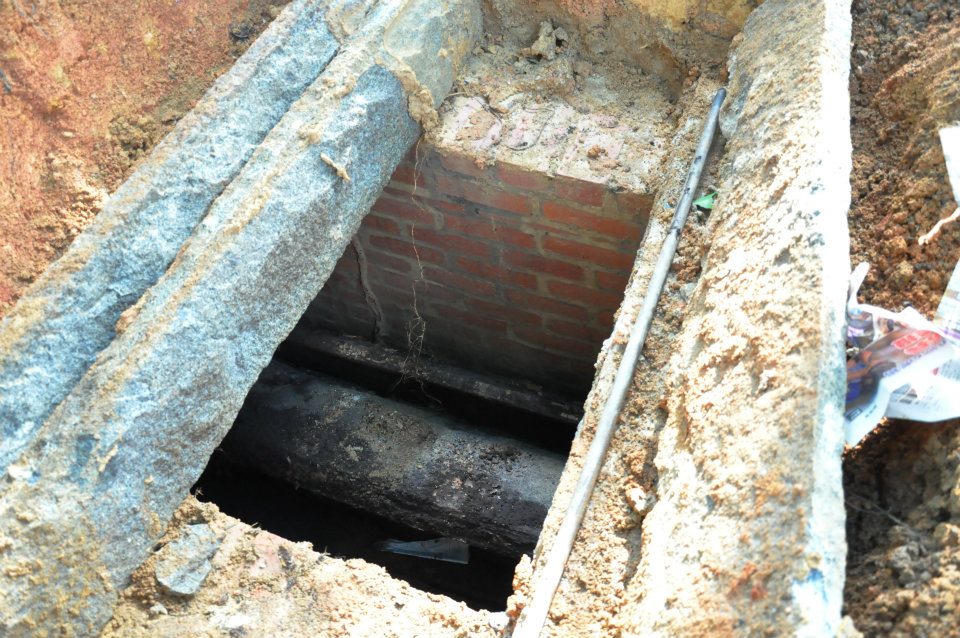
Revealing the coffin, intact and impenetrable after more than 70 years and some excellent brick work that drew the admiration of the grave diggers (photo Gan S-lin)

The first yield is a termites nest which Su Lin picked up thinking it might be the discovery of truffles in Singapore ( photo Gan Su-lin)
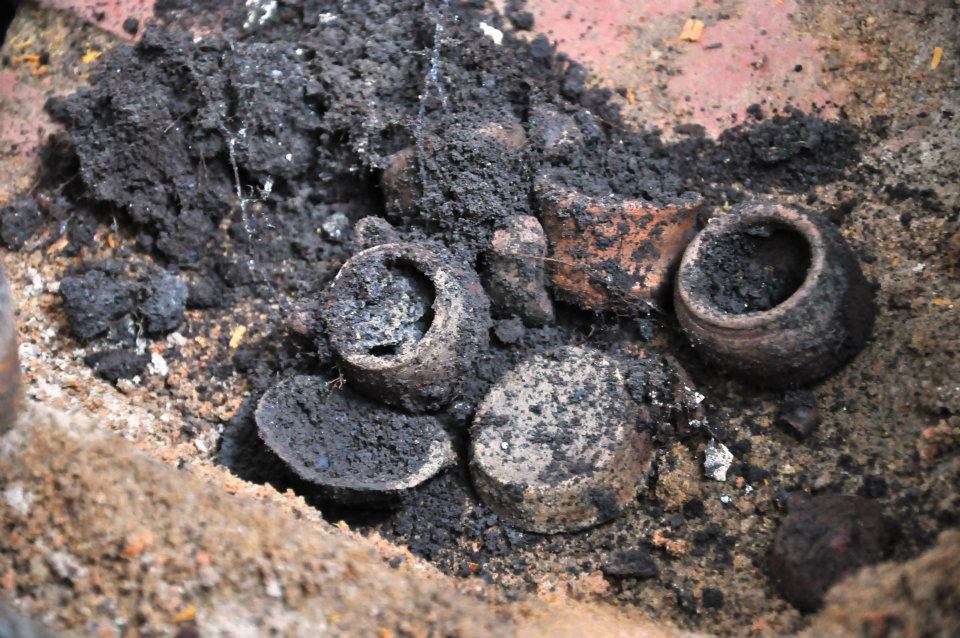
The second yield, teacups which survived the long internment, duly collected and delivered to documentation team office (photo Gan Su-lin)
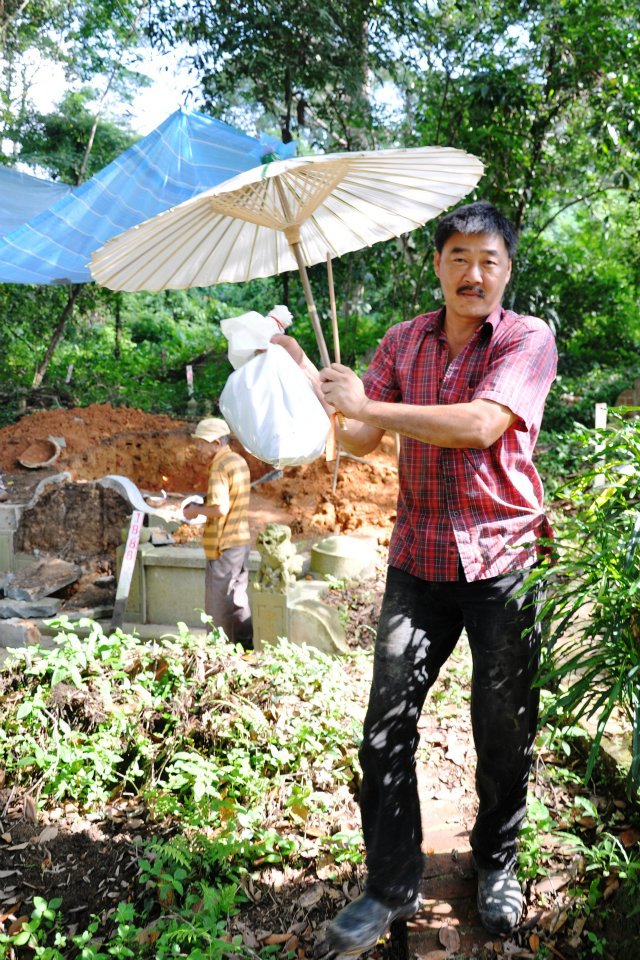
The exhumed ancestor must not be exposed to the sunlight.The use of the umbrella is symbolic and will shade the ancestor right up to the placement at the final resting place The remains were rinsed prior to transfer to crematorium with Chinese wine.(photo Gan Su-lin)

Ah Nan, who speaks fluent Hokkien presides over transfer of ashes to urn with the greatest of respect and meticulous attention ( photo Gan Su-lin)
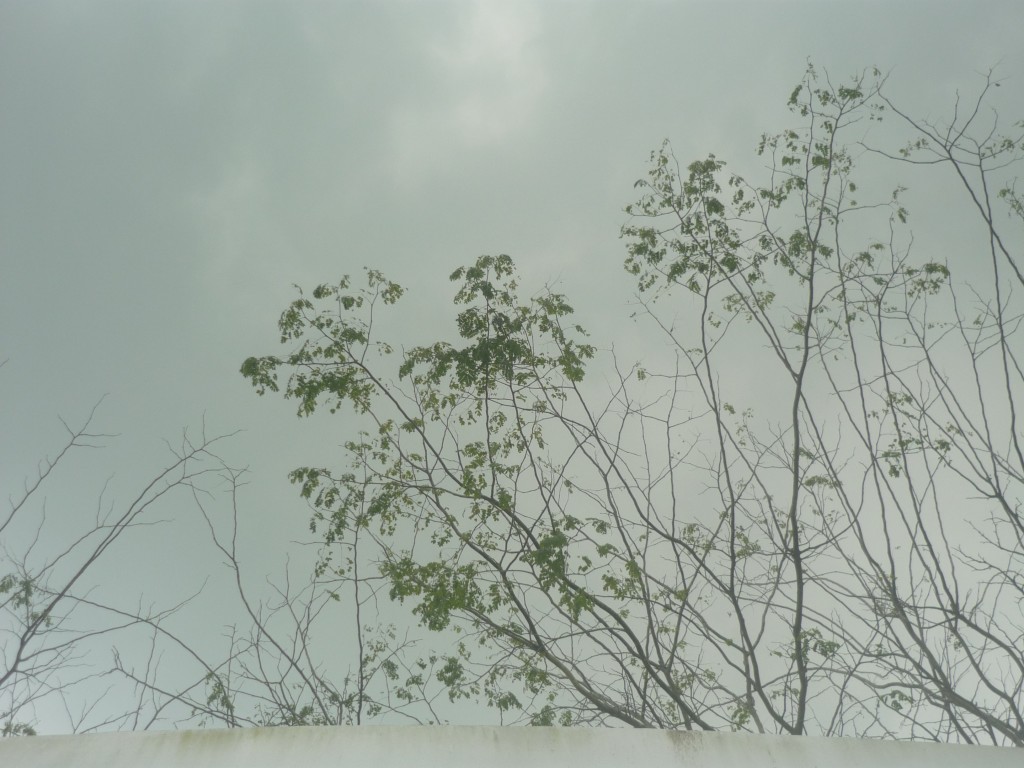
One last look at the Crematorium before the ancestor was brought to the family temple (photo Catherine Lim)
The exhumation began at 8 am. The gravediggers reached the granite slabs an hour later. The remains were exhumed just after 10am and transported to the crematorium about 10.30. The remains were ready for collection at 11.30am. By 1 pm, the ancestor was” laid to rest” in the family temple.
Luah Kim Kway (赖金奎) the Chivalrous
by Ang Yik Han
On first impression, his is a typical story of a poor migrant made good. Orphaned when young, Luah Kim Kway left for the Nanyang at the age of 19 to seek his fortune. Like other uneducated migrants who toiled unceasingly, he was at various times a coolie, a hawker and a miner before hitting his first pot of gold as a building contractor. Subsequently, he branched out into the rubber and import/export businesses. As a community leader, he was one of the founders of the Chin Kang Association, a locality association catering to Hokkiens from Chin Kang (晋江 – “Jin Jiang” in pinyin) county in Fujian province. He served as the association’s vice chairman for many years and was actively involved in its mutual aid group and school.
Many also knew Mr Luah, or Kway Pek (“Uncle Kway” in Hokkien) as he was respectfully called, as a powerful secret society headman.
A coolie newly arrived in Singapore found himself amongst strangers in a strange land. Very often, there was no one he could trust and turn to for support other than clansmen or associates from his home village. Thus was born the “coolie keng” or coolie quarters which provided shelter, occupational support and fellowship for coolies sharing a common origin. In return for a small sum every month, the coolie had a space where he could sleep and stow the trunk containing his meagre belongings.
Due to the nature of migrant society then, differences were often settled by force of arms and numbers counted. Members of coolie kengs banded together for self protection and over time coolie kengs became synonymous with secret societies. There were frequent clashes amongst rival coolie kengs over turf issues. Some of them even evolved into criminal organisations which were a constant headache to the colonial authorities.
Many of the Chin Kang Hokkiens who arrived in Singapore in the early days worked as lightermen and dock labourers, traditional occupations as their homeland was by the sea. Like coolies from other regions, they were organised along the lines of the coolie kengs they belonged to. According to the Chin Kang Association’s records, at one point there were more than sixty coolie kengs in town set up by Hokkiens from Chin Kang. In areas like Bali Lane, there were Chin Kang enclaves due to the presence of numerous coolie kengs.
The Puah Kor (Hokkien for八股 or “8 formations”) was a confederation of societies largely made up of Chin Kang coolie kengs with a sprinkling of non-Chin Kang groups. Unlike other secret societies which were involved in activities of a criminal nature, the Puah Kor was known for its tight discipline. It did not actively seek conflicts with other groups and acted only to protect its members’ interests. Mr Luah was the leader of the Puah Kor, a position which must have reinforced his ability to arbitrate in conflicts between Chin Kang coolie kengs as well as within the larger Chinese community in his other role as a representative of the Chin Kang Association.
An anecdote demonstrates the extent of his influence. After the war, a Chinese basketball team from Manila composed largely of Chin Kang Hokkiens was in Singapore on a fund raising campaign. For some reason, some factions took a dislike to the team’s captain and there were rumours floating that the coming matches would be violently disrupted. One of the worried organisers took the matter to Mr Luah. Mr Luah only commented in his quiet manner, “Shall we have some fried bee hoon?” During the meal, the conversation ranged far and wide with many things discussed but not the subject of the visit. As the guest was about to take his leave, Mr Luah told him, “Give me sixty tickets for tonight’s game.” That night, two hundred stout men turned up for the game at Gay World which proceeded peacefully. The following evenings were without incident as well.
For obvious reasons, it is almost impossible to obtain documented accounts of secret society personalities. Mr Luah was an exception. His contributions and high regard in society were acknowledged in an obituary published in the Nanyang Siang Pau when he passed away in 1951. It described him as a principled man whom others trusted and mentioned his generosity to those in need. As an epitaph, a phrase used by the paper, “a chivalrous man” (大侠) would be most fitting.
Mr Luah’s final resting place is by the side of the road in Hill 3, a short distance from Tan Chor Lam’s grave.
References:
- 新加坡晋江会馆纪念特刊(1918-1978)[Commemorative Publication, 1918-1978]
- 新加坡晋江会馆庆祝成立80周年暨互助部成立52周年纪念特刊 [80th Anniversary and Mutual-Aid Section’s 52nd Anniversary Souvenir Magazine]
- Interview with Ho Bee Swee, Collection of Oral History Recording Database

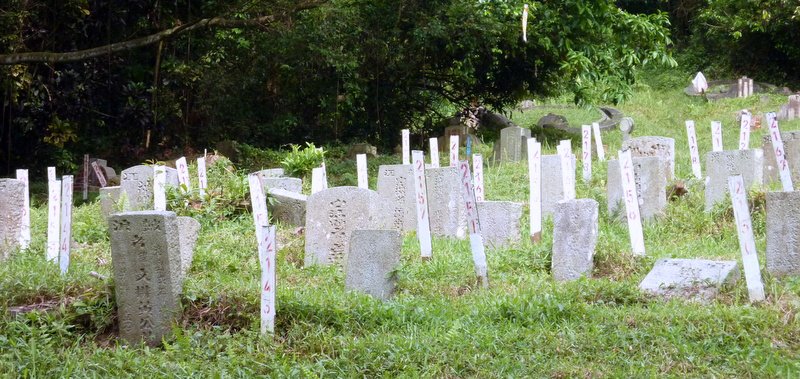




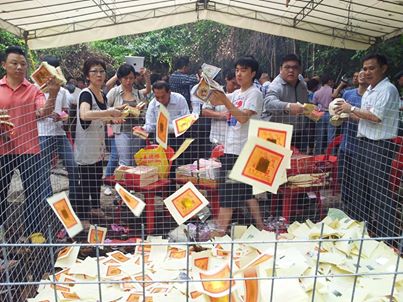
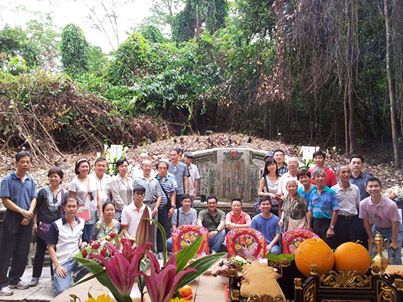
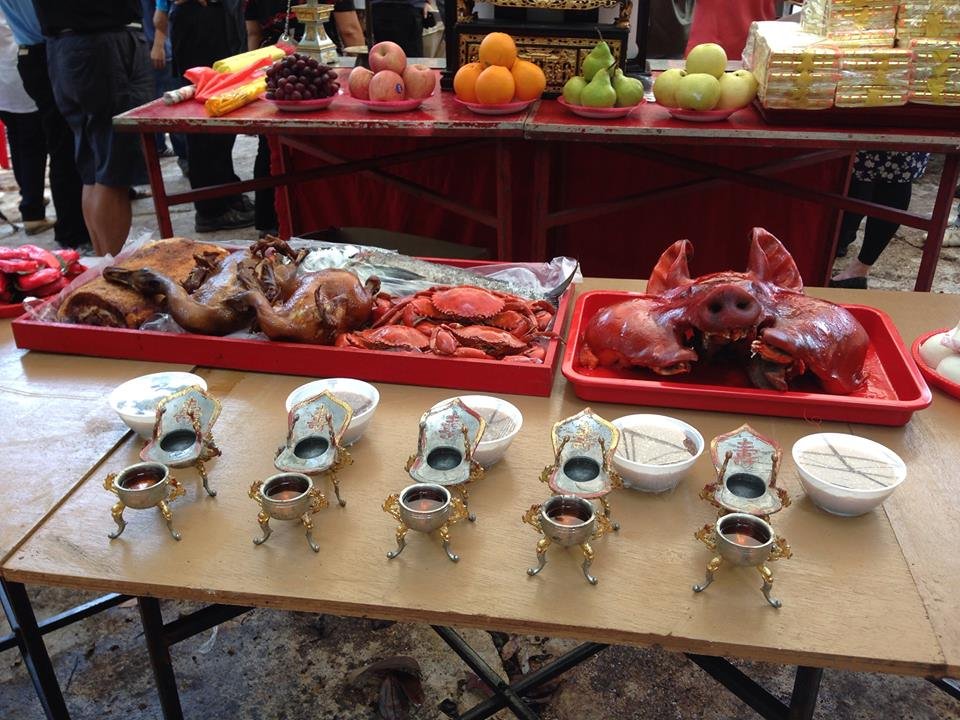
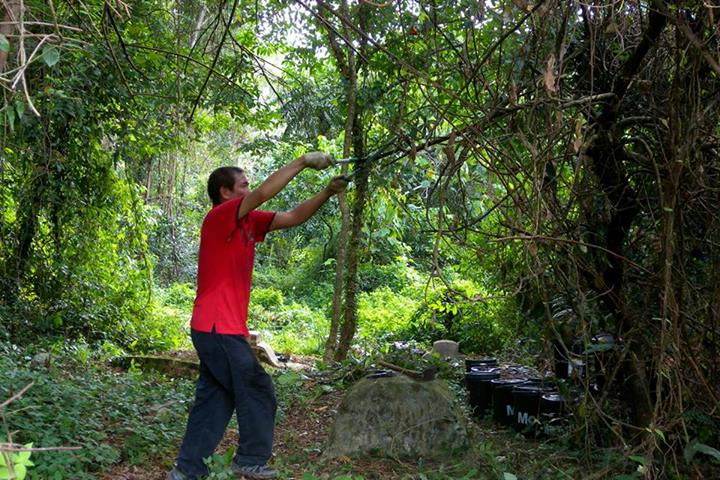




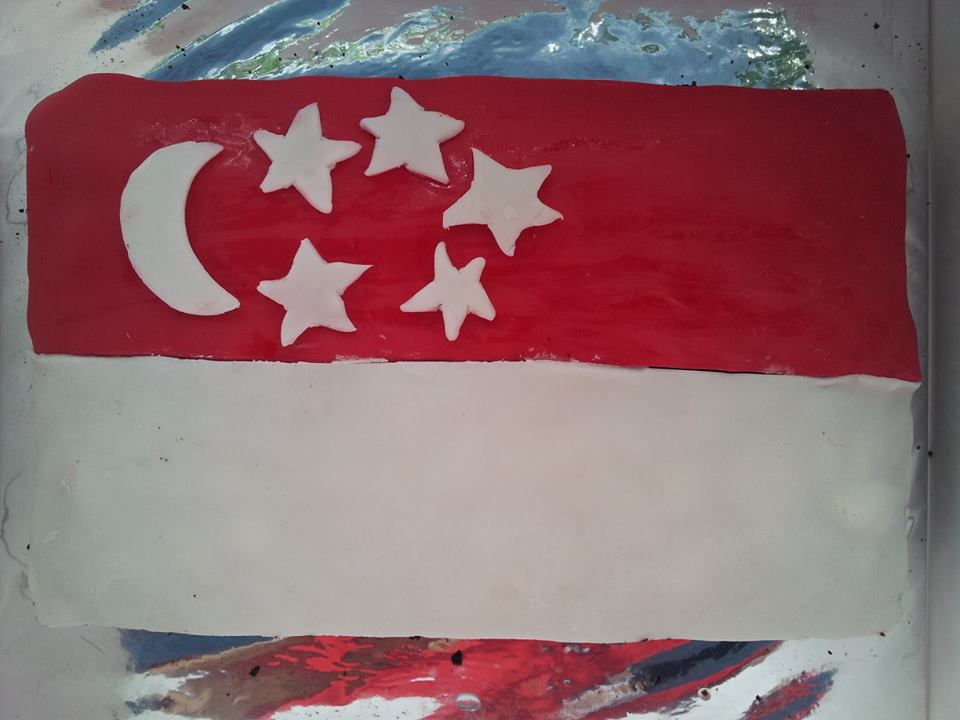
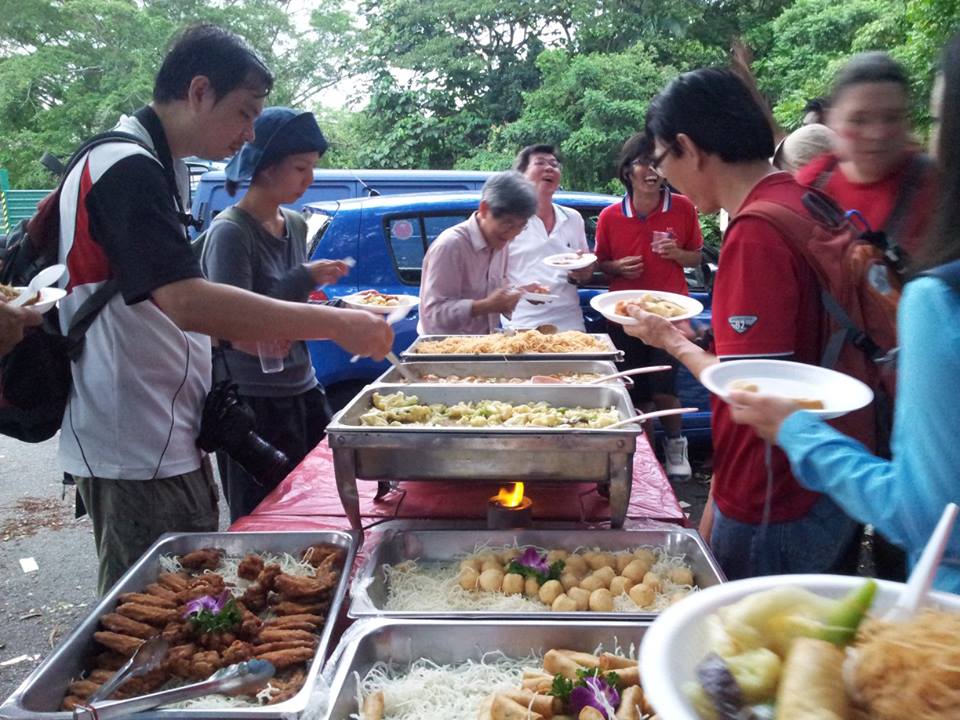


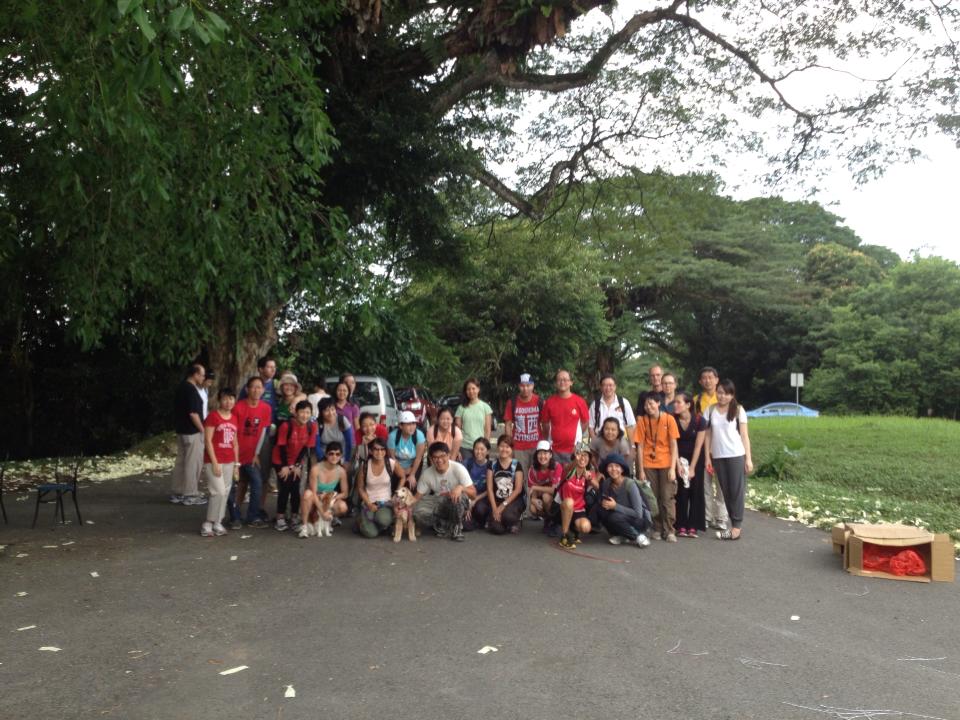


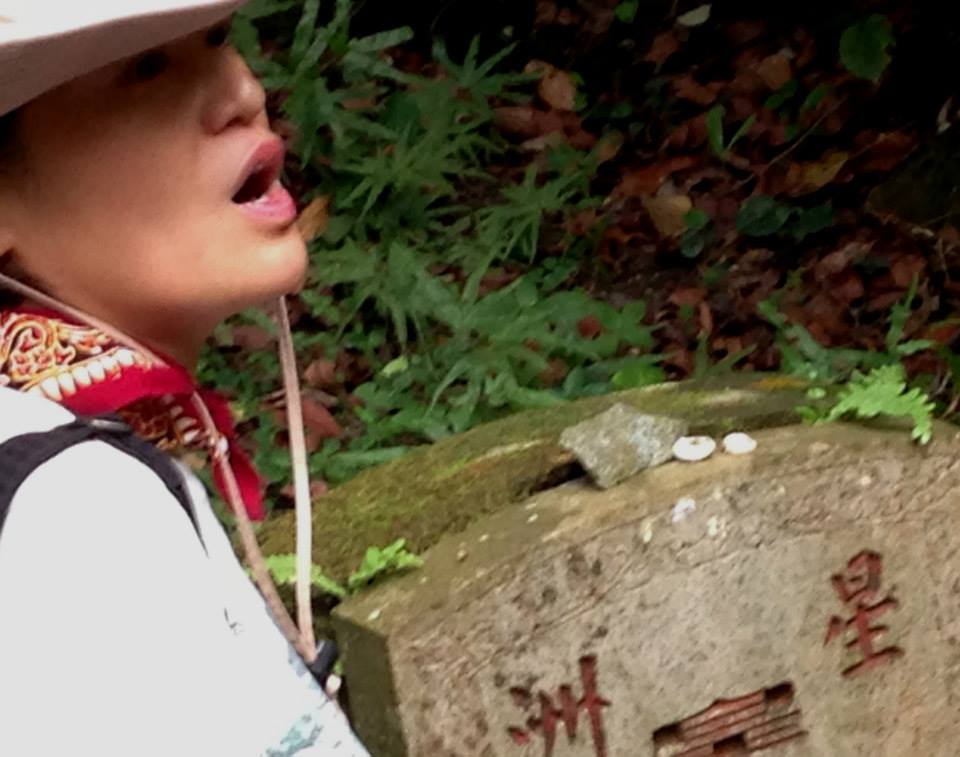

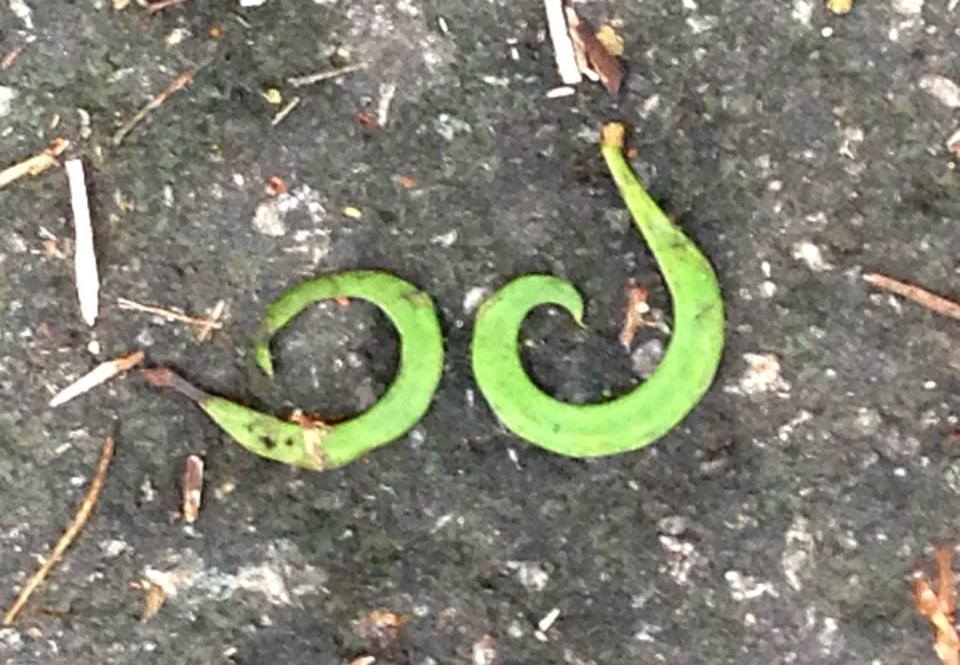

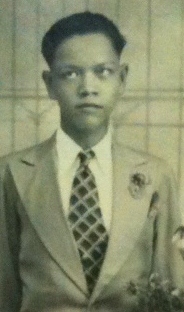

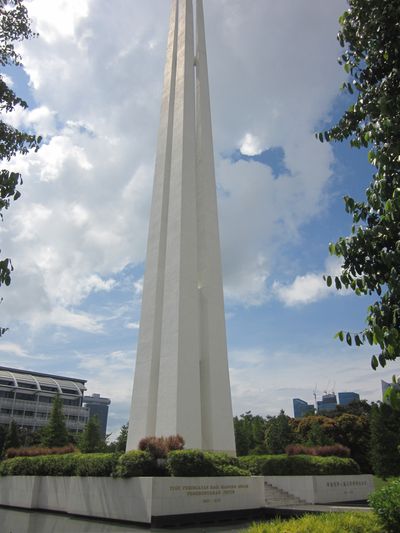
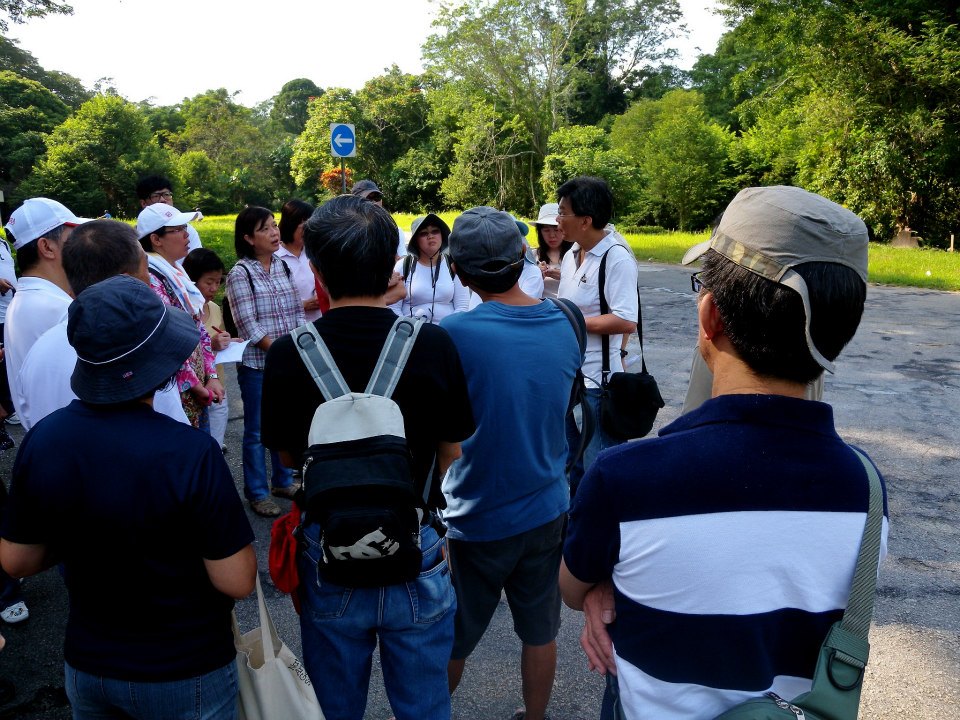
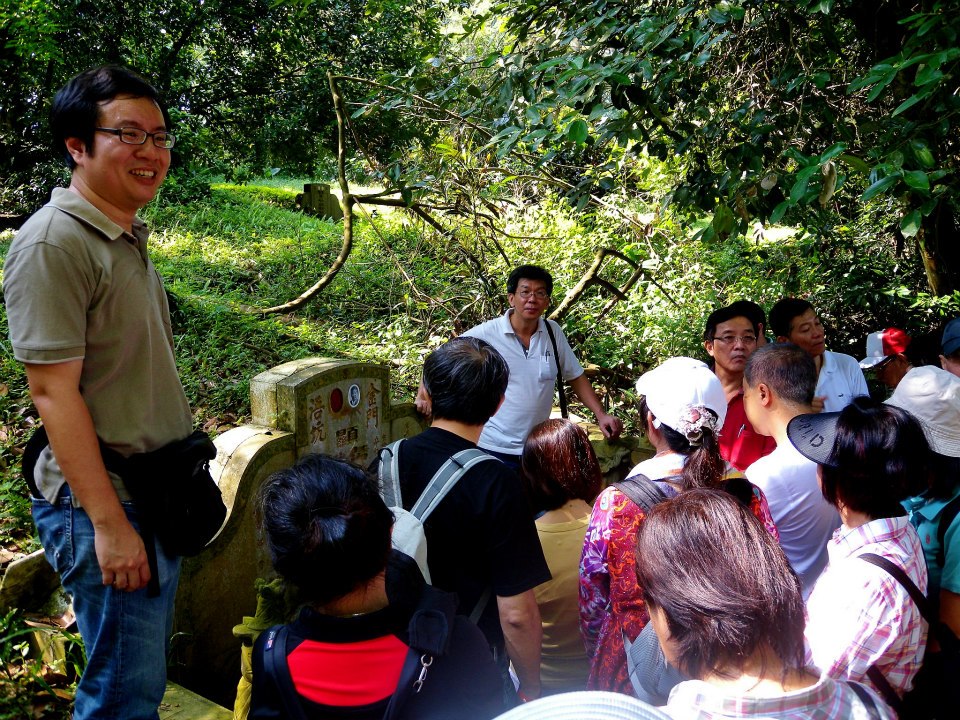
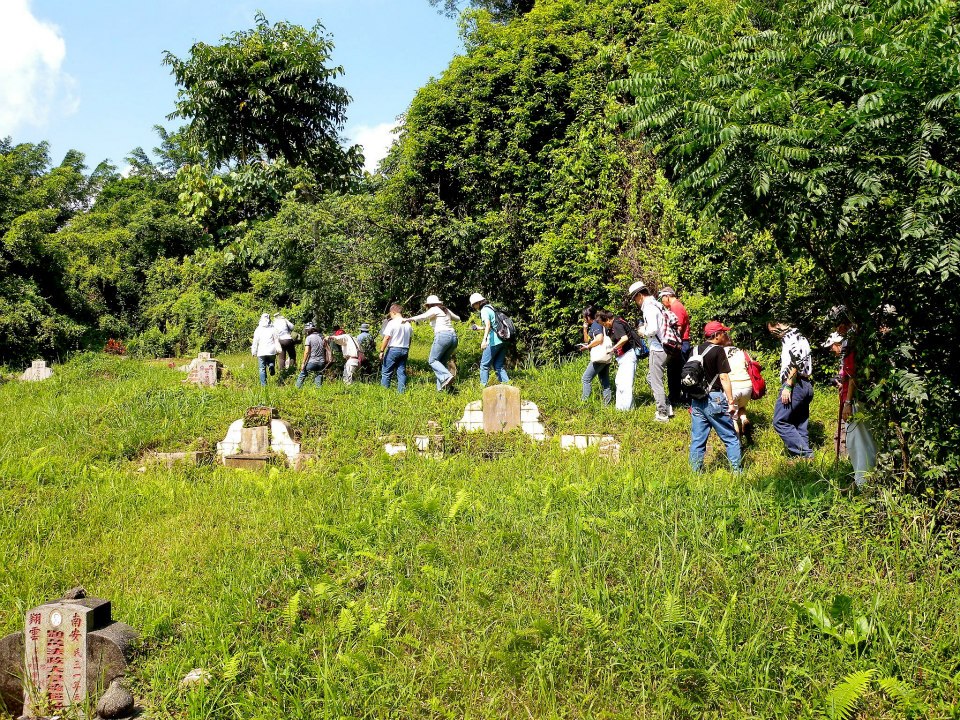
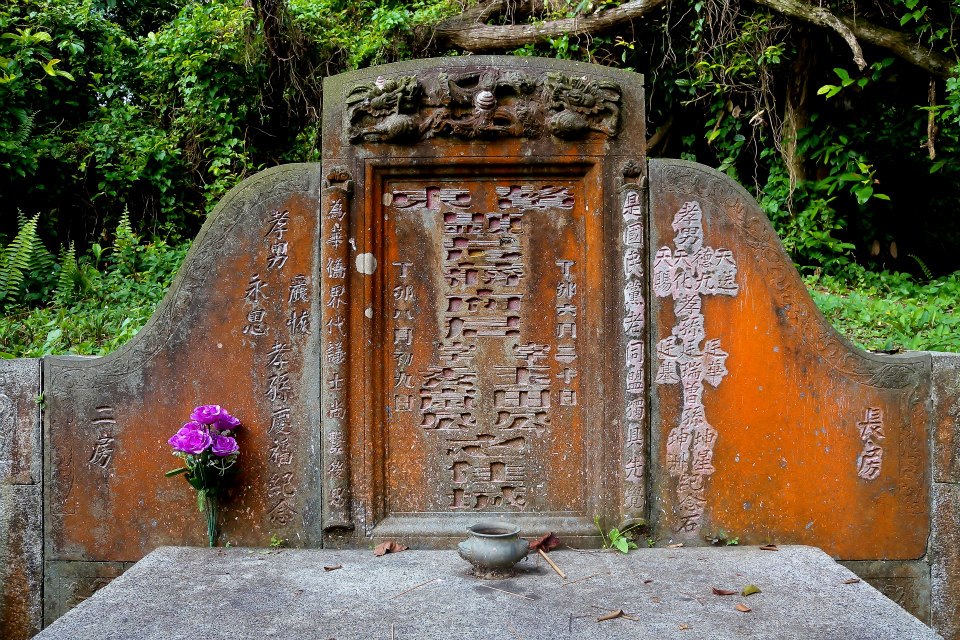
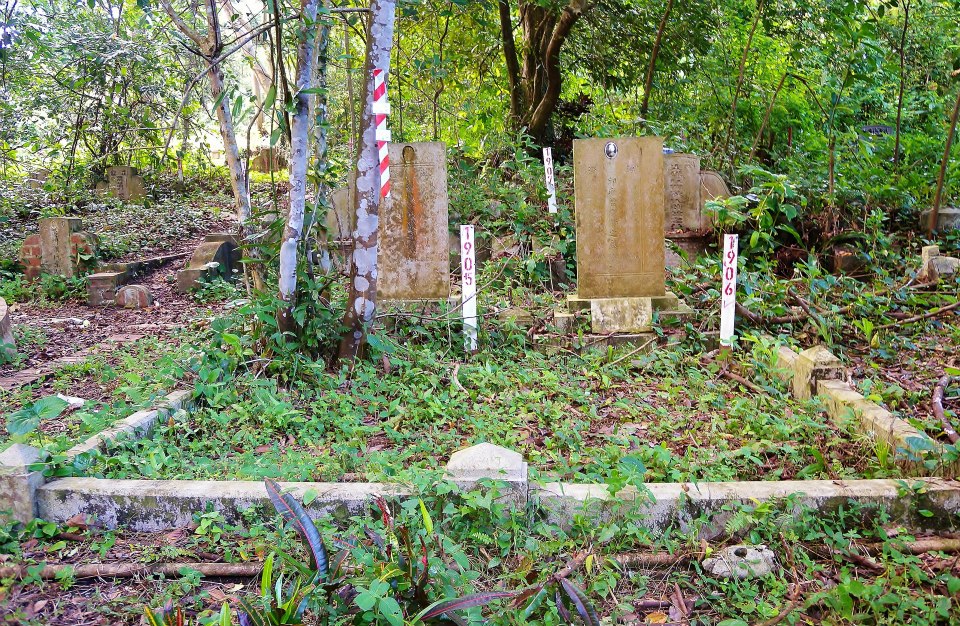

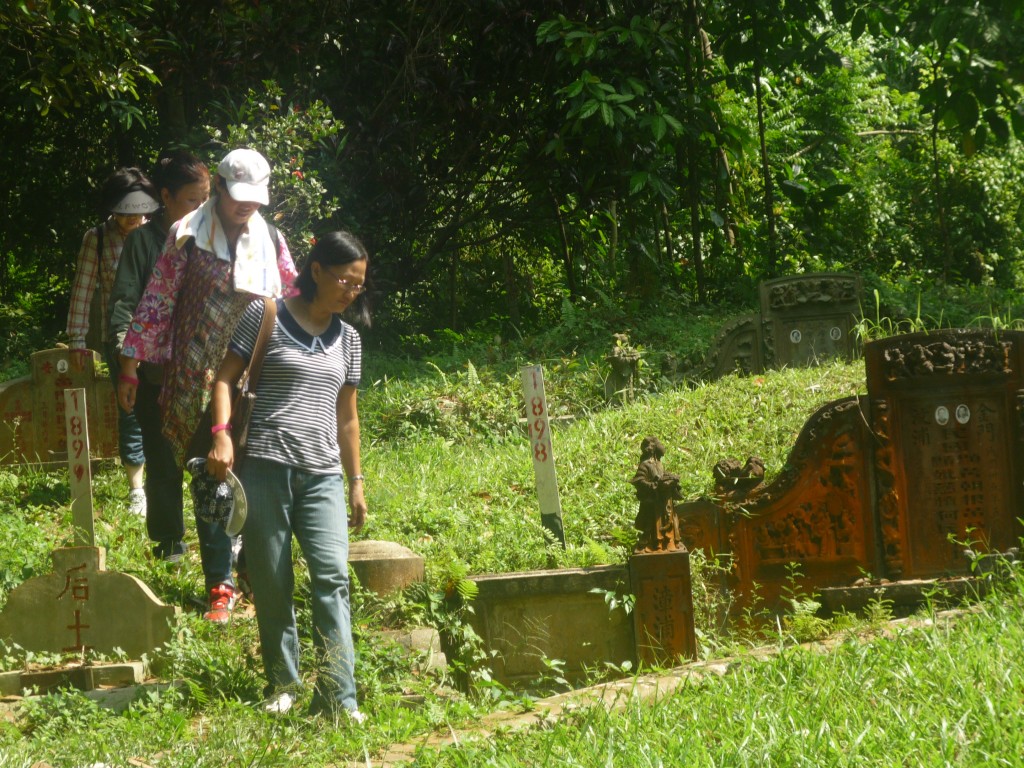
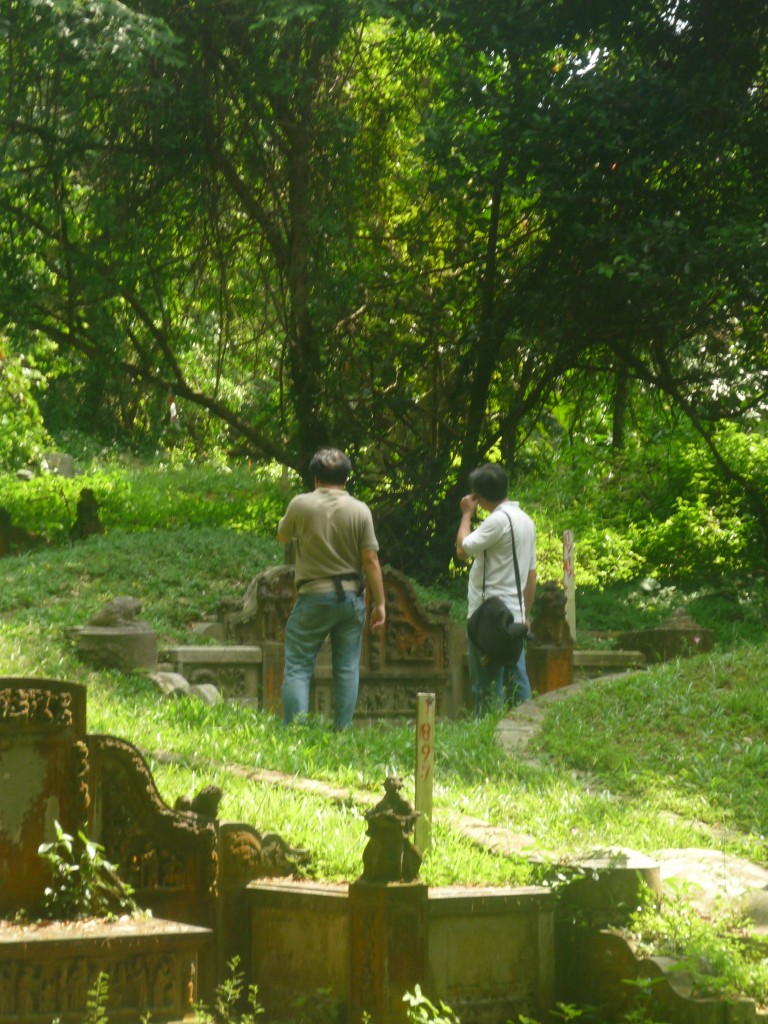
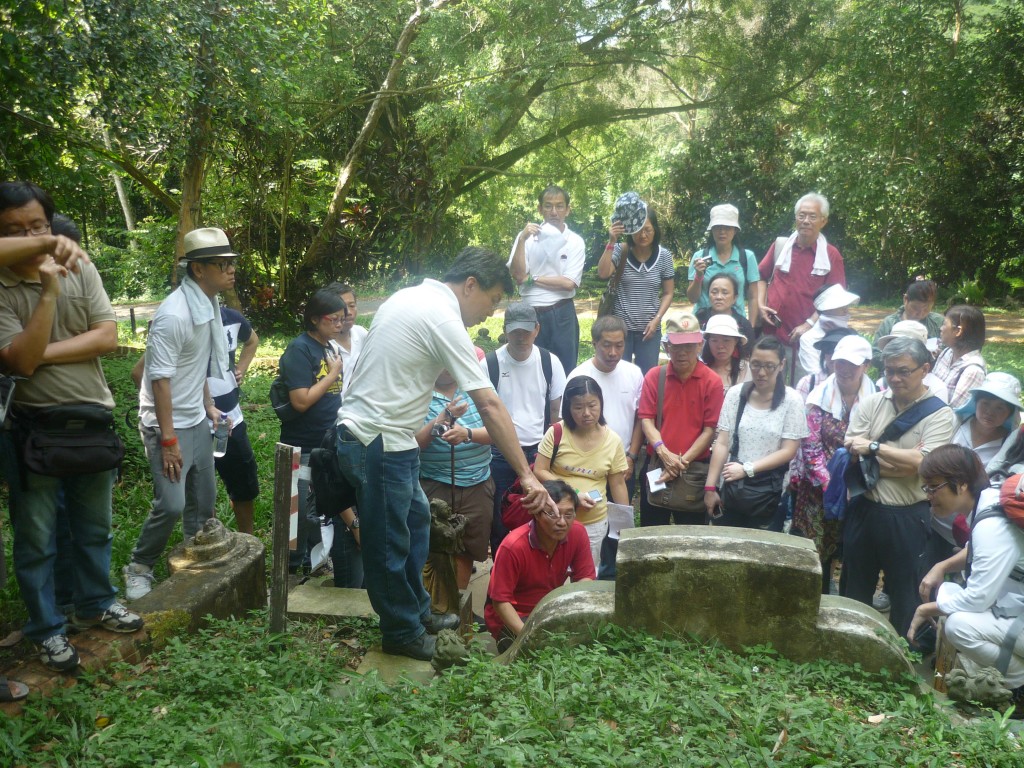
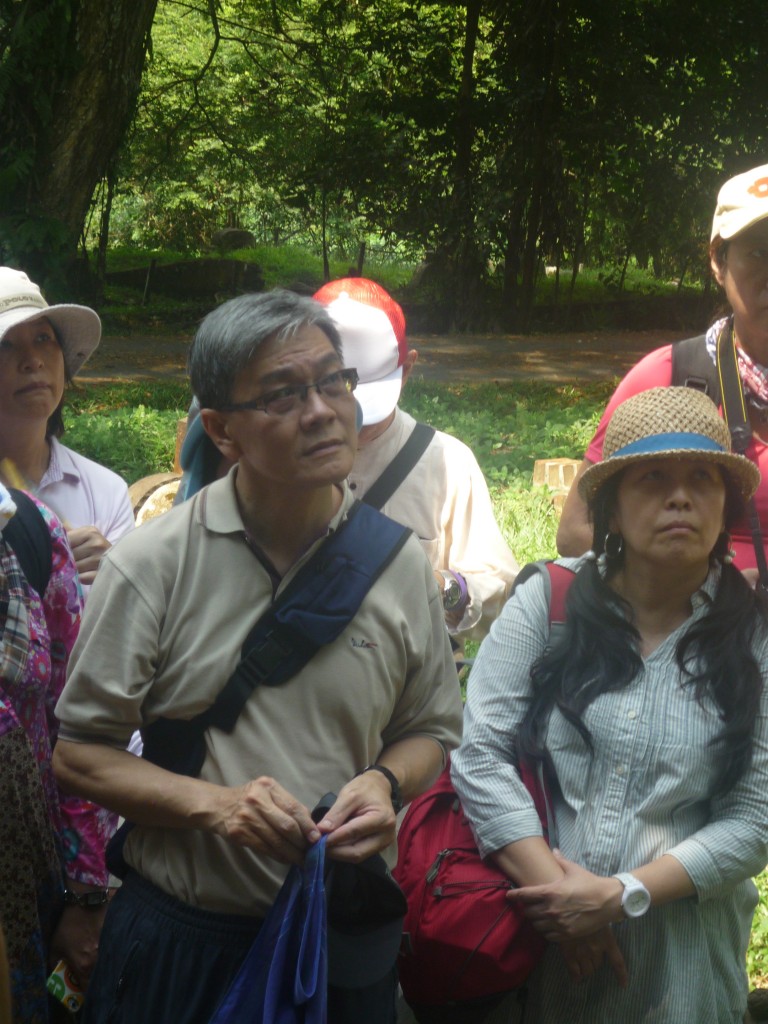
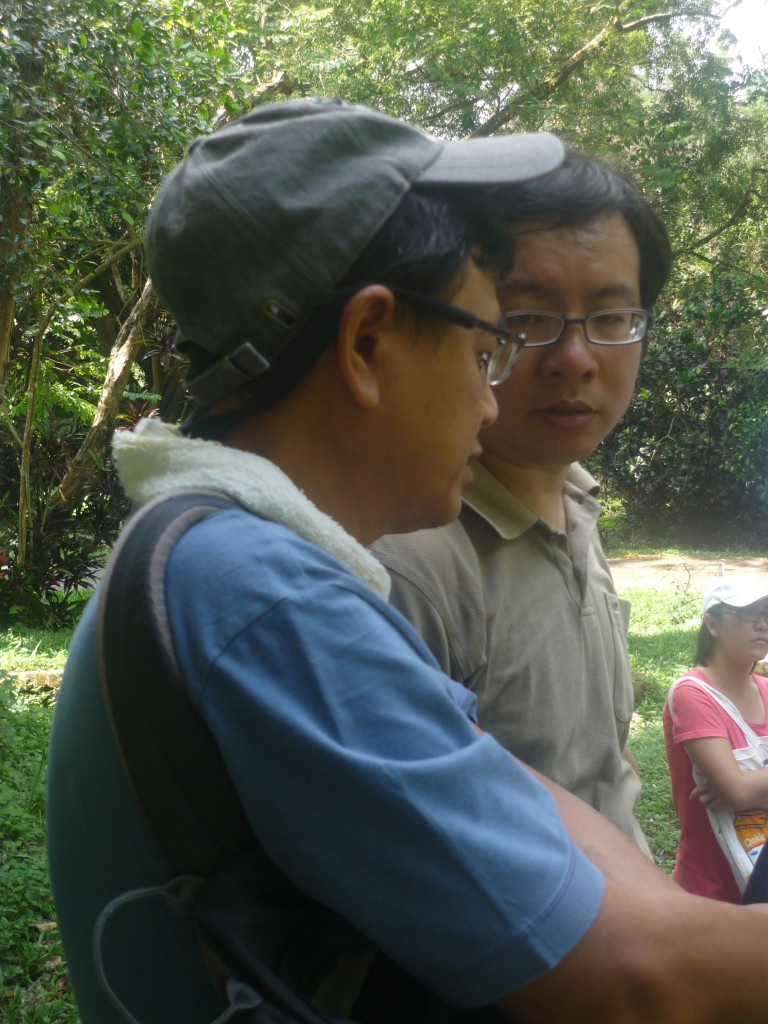
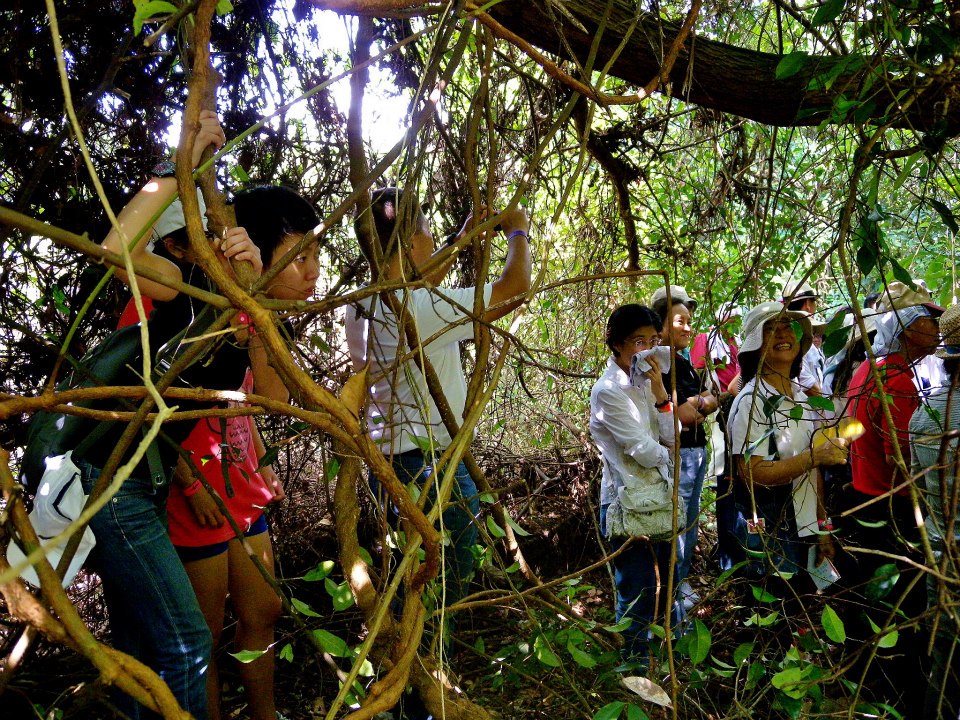

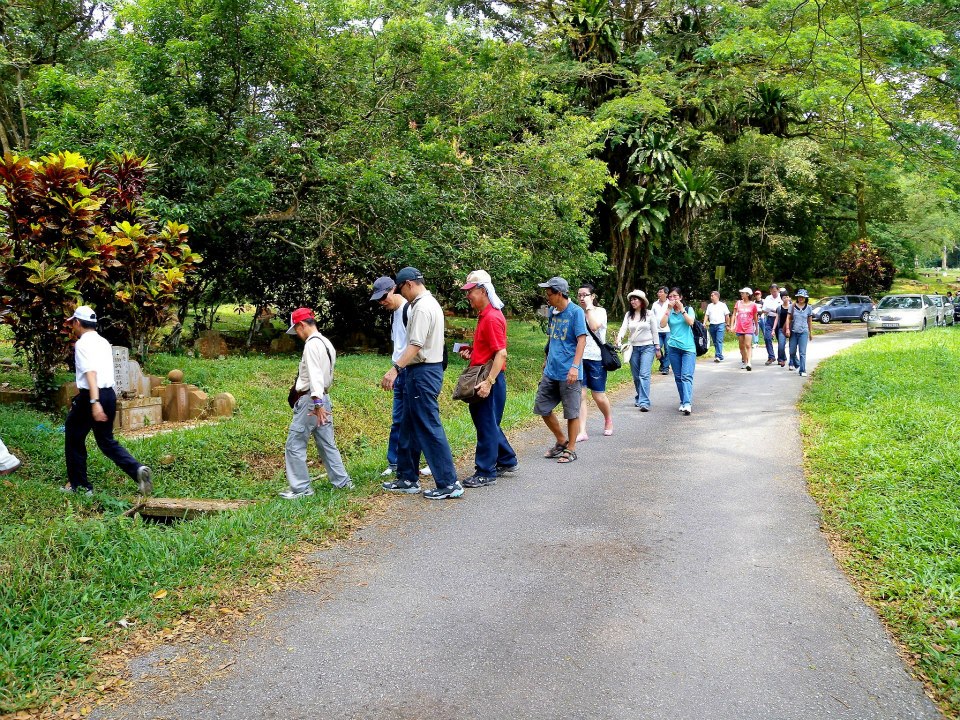
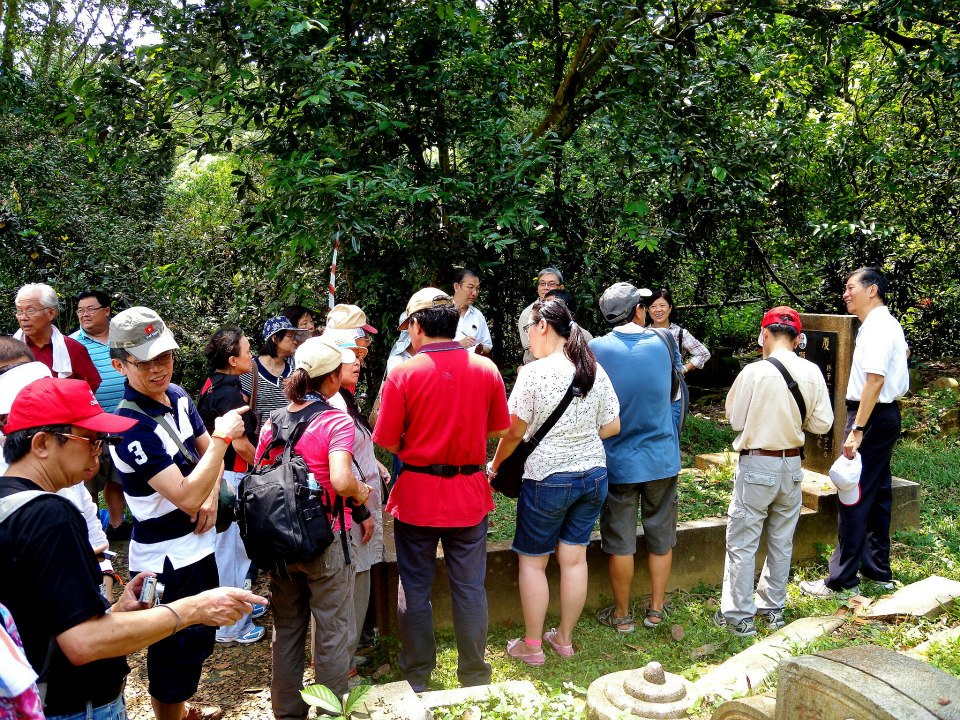
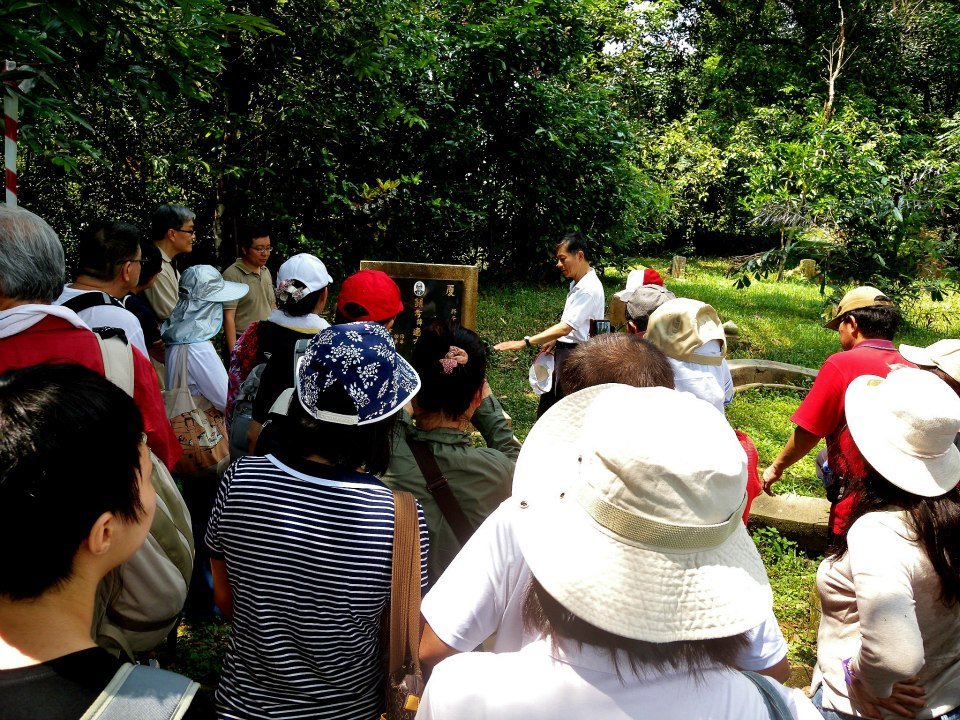


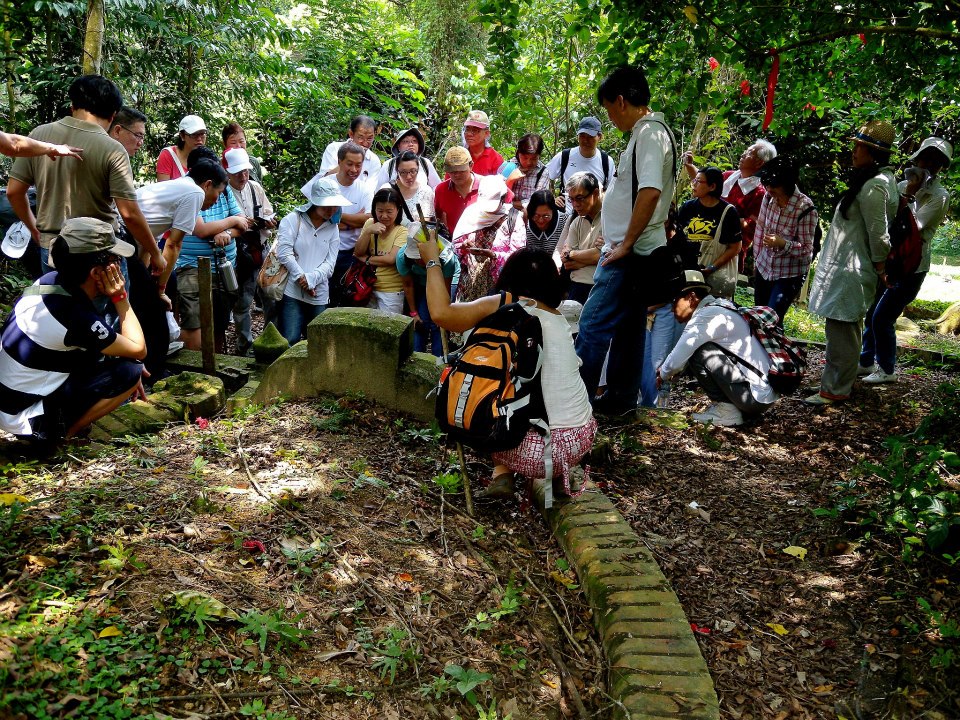
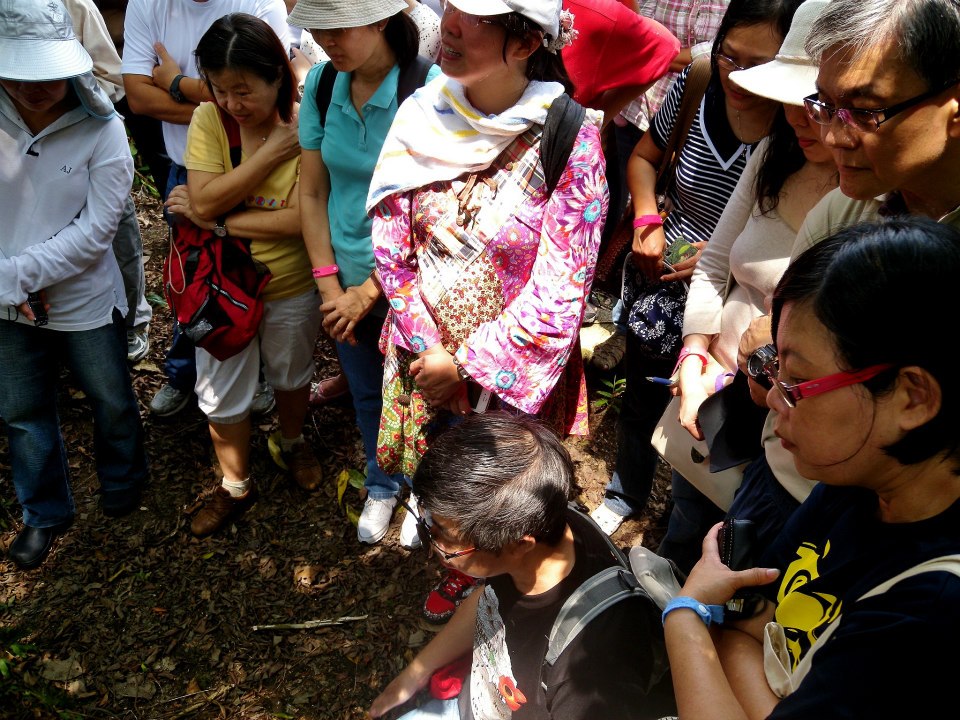

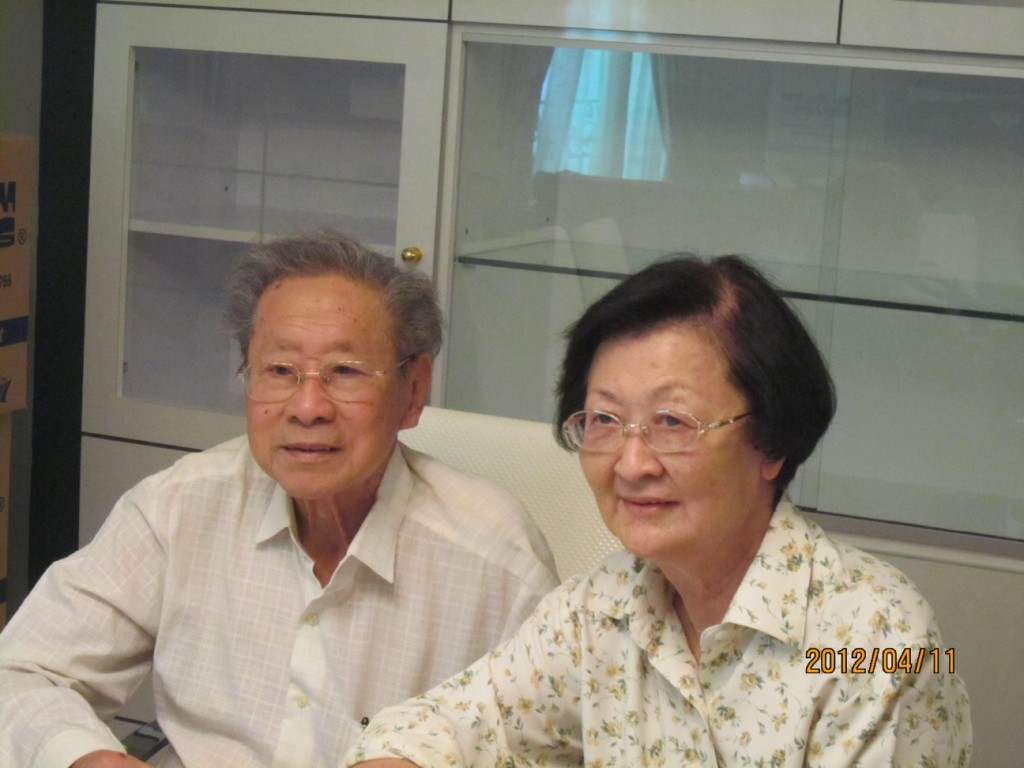

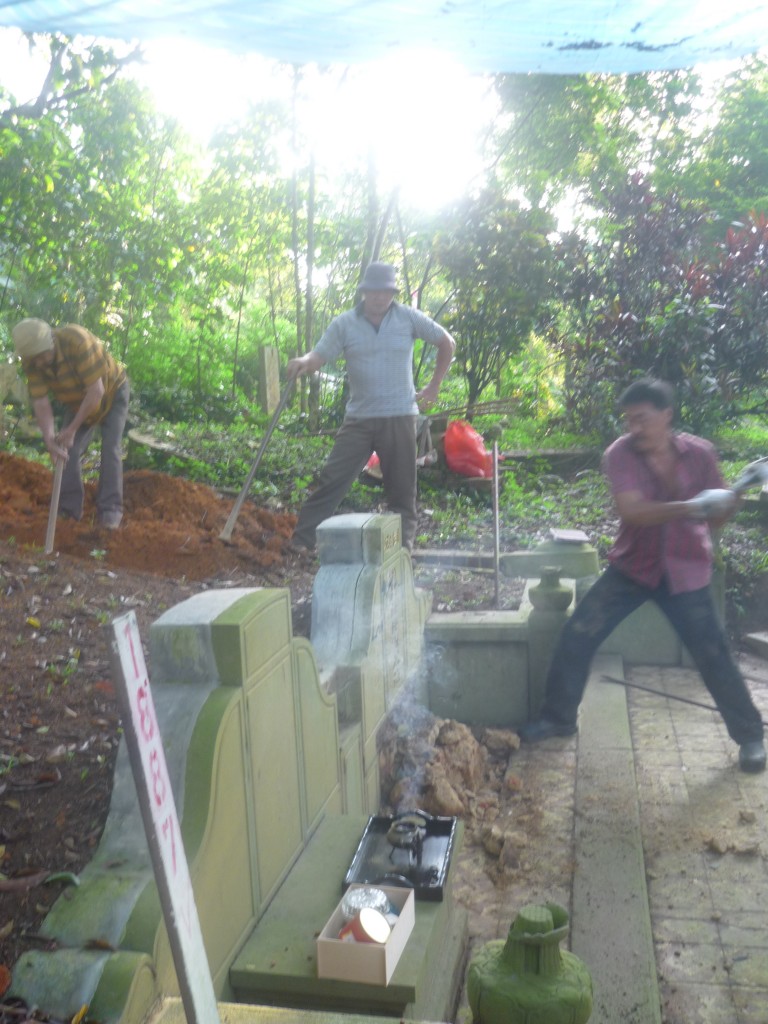



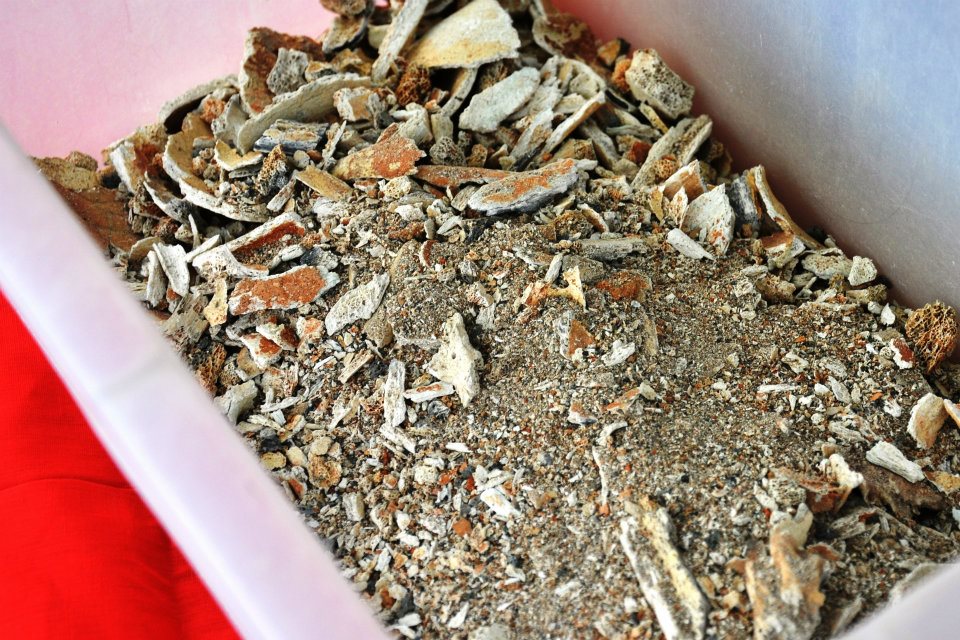
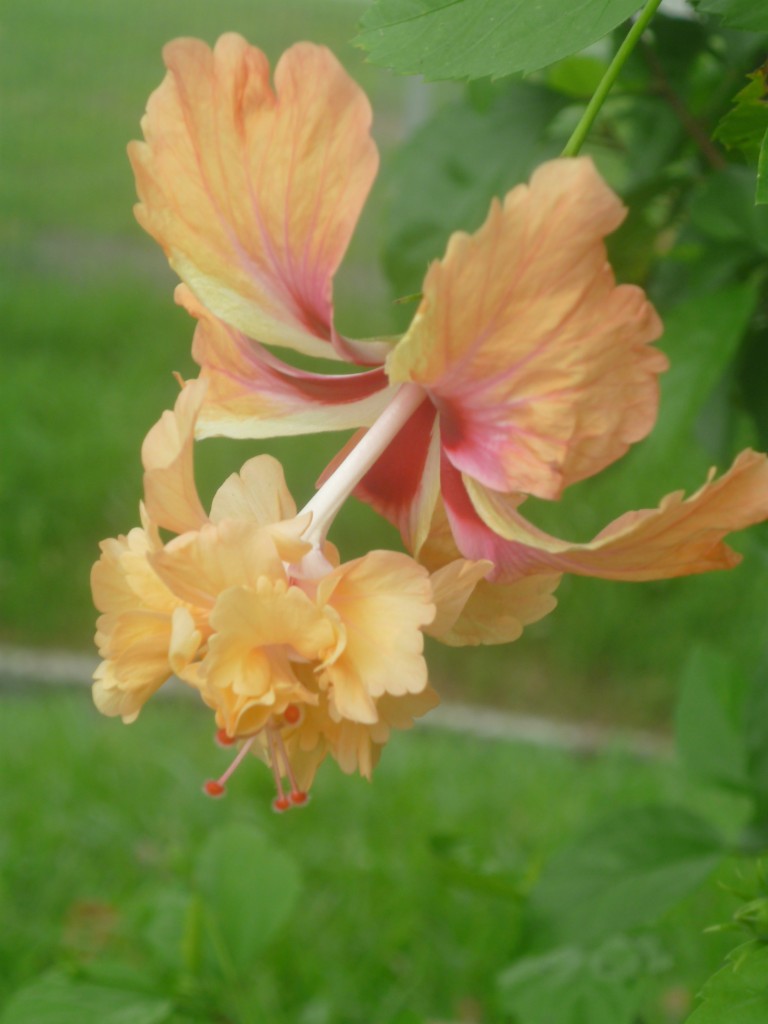


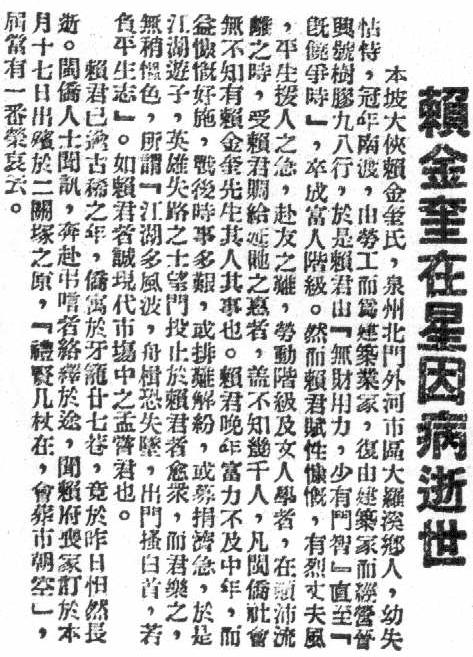
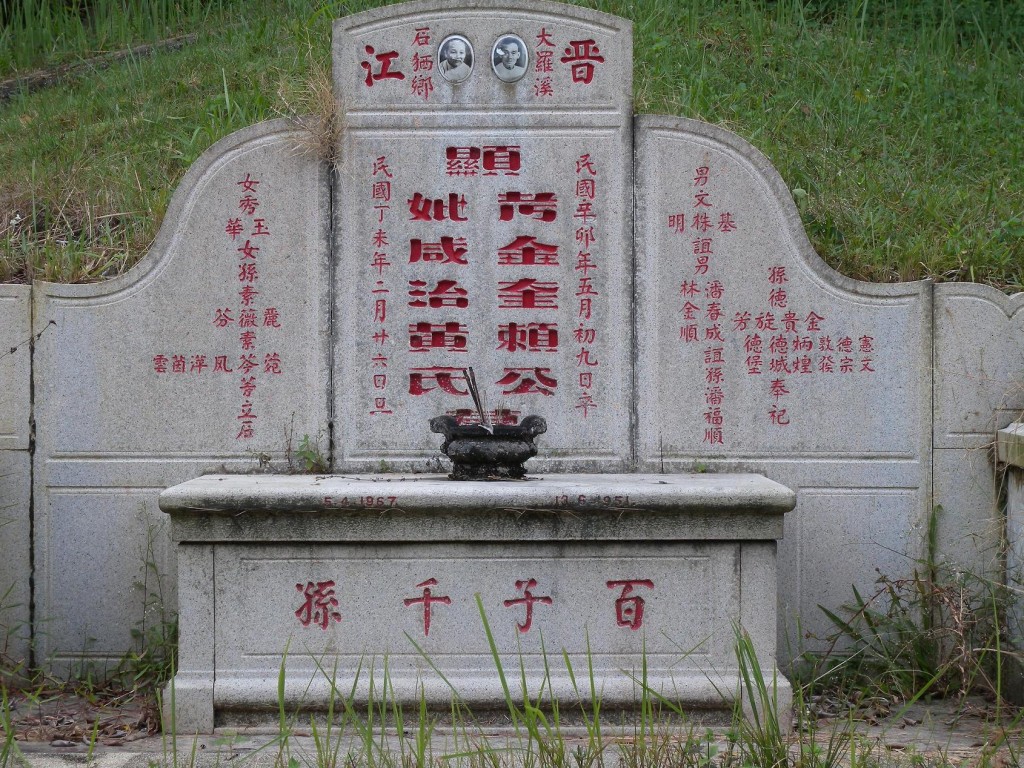
Recent Comments